

The Lenora and Walter F. Brown Collection
Colorful Impressions
Rachel Brown Fine Art Services LLC 2025
All rights reserved.
No portion of this book may be reproduced in any form without written permission from the publisher or author, except as permitted by U.S. copyright law
Coyright
“From the beginning of their many years of collecting, Walter and Lenora
Brown focused on acquiring vibrantly colorful and exquisitely painted
Impressionist and Modern paintings that suited their particular taste. They lived with their art - it was personal and they loved it.”
- James Godfrey
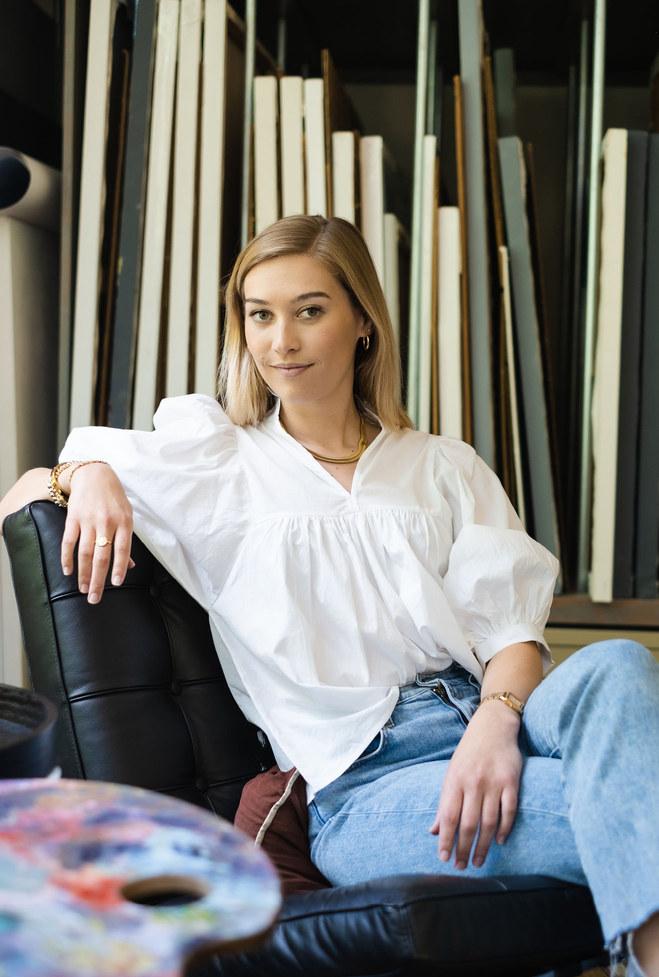
This catalog is dedicated to my grandparents who spent their lives enjoying art and building collections that hold not only a piece of history but also a piece of themselves.
I am grateful to those that I interviewed and the time God gifted me for the research in order to make this catalog.
I hope reading through this catalog, admiring the art, and the stories behind the artists and those that collected them, inspires you to look deeper into life and to see the world as a Neo-Impressionist.
- Rachel Brown Mannix

Lenora and Walter F. Brown were prolific art collectors who over their many decades of acquiring, purchased significant Asian and European works of art. They built impressive collections of Chinese Song ceramics, Ming and Qing porcelains (some of the most celebrated in the country) and Neo and Post-Impressionist paintings. The latter, their European Art Collection was a personal endeavor in bringing to the forefront of the art scene lesser-known artists from the turn of the century and their stories. With the Brown’s travels to Paris, they developed an affinity for French art. They quickly saw that there was something special beyond the canvas that needed to be told – a story of personal expression, collaboration, and a desire for innovation.
The Brown’s European collection paints a pivotal time in history as it highlights the experimental and innovative attitudes accompanying the artists of this period. The paintings in the collection display a range of artistic voices and styles, where personal touch is prioritized, emphasizing the new and modern visual language that was beginning to form. This was seen with the advent of the technique Divisionism, where artists were faced with an elemental breakdown. Pioneered by Georges Seurat, Divisionism sought a more scientific approach to painting. Colors were separated into individual dots and placed according to their location on the color wheel. This breakdown of elements was the way into the future, and the Browns saw how Divisionism and its strict principles in fact opened a door to the most colorful and personally charged art. The beginning of this stringent way of painting birthed an artistic freedom that the Browns chose to build to their collection upon.
The Brown’s collection carries some of the most prominent French Neo-Impressionists such as Maximilien Luce, Henri Edmond Cross, and Lucie Cousturier, who all began by complying with the color theory of Divisionism. However, finding it too rigorous, these artists used the technique as a springboard for cultivating a new and refreshed perspective, harnessing the fundamentals of art to evoke a more spiritual experience and personal interpretation of their subjects. From the technicality of Albert Dubios-Pillet’s “Saint-Sulpice” to the more expressive and radiant works by Cross and Jean Metzinger, the collection emphasizes the various angles artists approached Divisionism with. There were those who found artistic fulfillment in abiding by the color theory, and others who loosened their technical approach - experimenting with brushstrokes, transforming them from dots into mosaic-like squares, and embracing a limitless color palette. The Browns saw the importance in collecting artists who went down both routes, as it completed the story of Divisionism’s impact.
Their desire to show the influence of Divisionism incentivized the Browns to acquire artists across Europe who collaborated with this technique. This led to their acquisitions of Theo van Rysselberghe, the most celebrated Belgian Neo-Impressionist along with Belgian artist Modest Huys, Dutch artist Hendricus Petrus Bremmer, and a string of others. Due to Les XX, an avant-garde group founded in 1883 with the aim to present the newest art to Belgium and abroad, many countries were exposed to the brewing art trends in Paris. Rysselberghe, in particular, from his travels to Paris helped introduce this exciting new way of painting, inspiring artists to challenge the academic conventions they had been taught and prioritize personal expression like never before.
Additionally, the Browns were interested in the art of Les Nabis, a movement that was formed in opposition to the ideology of Neo-Impressionism. Their art was reminiscent of the stylized Byzantine principles of the Middle Ages, in which they reflected their surroundings through simple shapes and forms.
This was also a breakdown of the art elements, in similarity with the Neo-Impressionists. The technique of the latter unarguably provoked this group of artists to embrace their new visual language. The Browns found it important to collect the most important advocates of Les Nabis such as Paul Sérusier, Emile Bernard, and Louis Anquetin. The dialogue between the works of Les Nabis and the Neo-Impressionists highlight the desire to return to the art basics that flourished during this time and how Divisionism spearheaded this concept and ultimately set up the path into Modern Art.
Artists from the Schools of Rouen and Paris also find their place within the collection. Robert Pinchon and Albert Lebourg of the School of Rouen created works that reflect a willingness to embrace diverse styles. Similarly, artists from the School of Paris experimented with emerging movements such as Fauvism and Cubism. These schools were not grouped stylistically, but rather by a shared commitment to artistic exploration and to elevating the individual artist’s voice across differing visual languages. The Brown’s European Collection upholds this very spirit.
Lenora and Walter had an eye for storytelling. Each of their collections shares a narrative- told through their love for color, individuality, and their support for the creative heart of each artist. Today, the Browns’ collections can be seen either at the San Antonio Museum of Art or in the personal homes of their children.
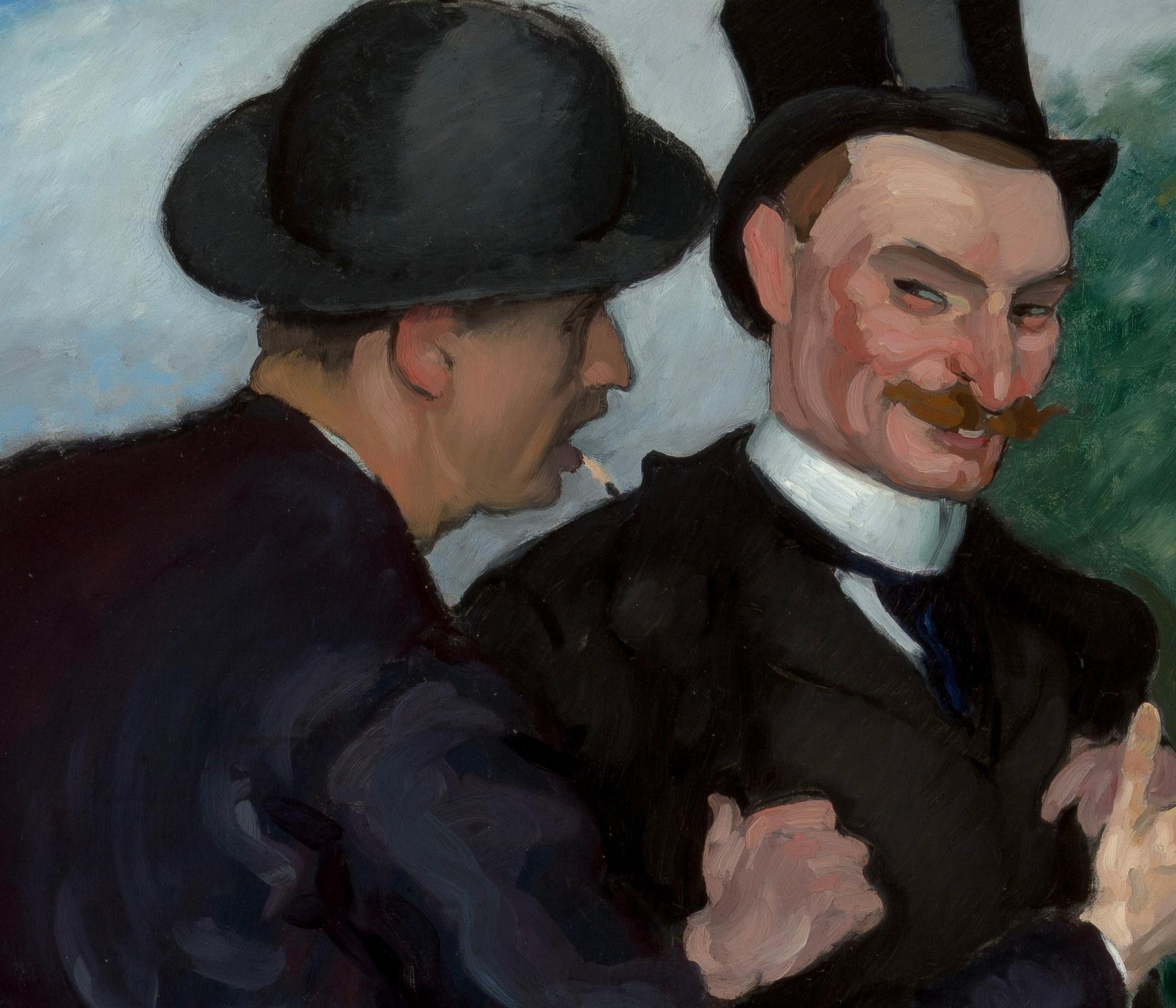

Louis Anquetin (French, 1861-1932)
Deux hommes causant, 1892
Oil on canvas
80.5 x 38 inches

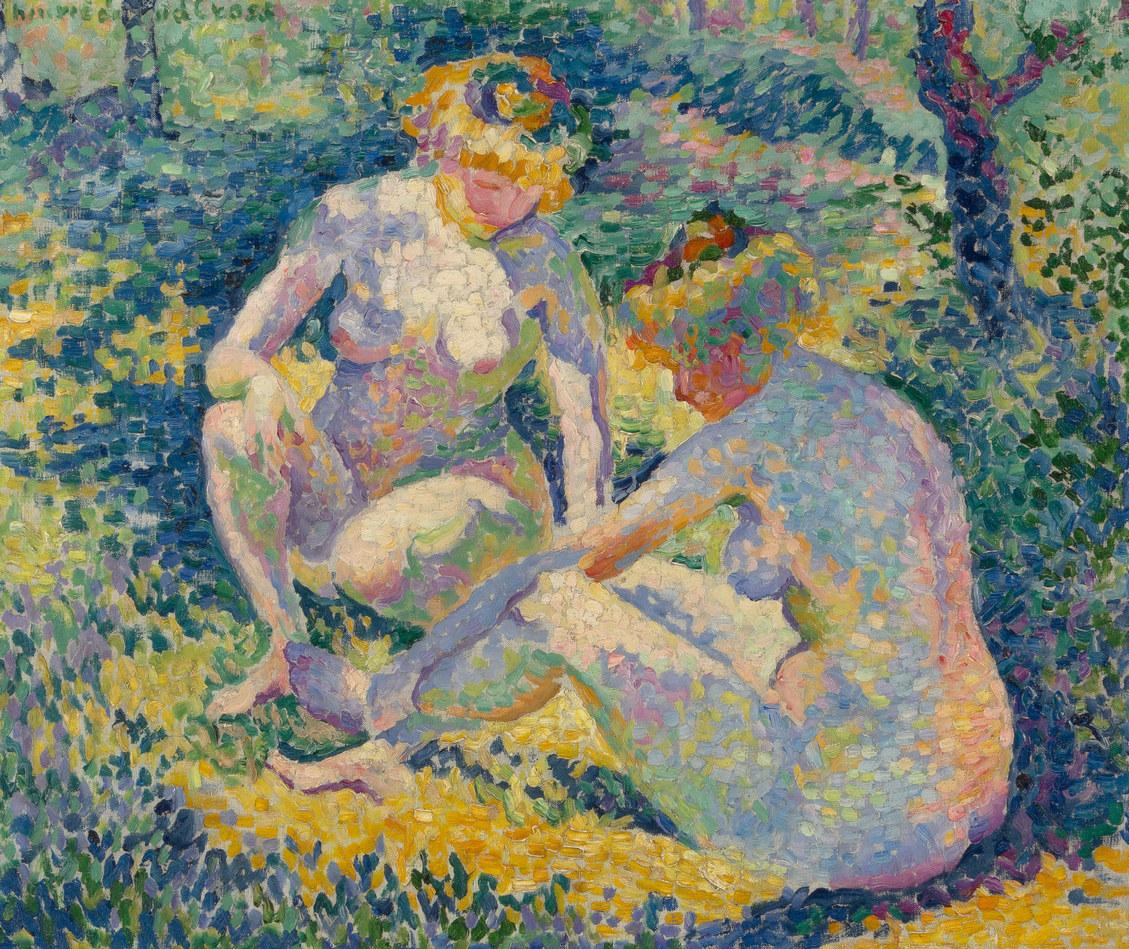
Henri Edmond Cross (French, 1856 -1910)
Le Scarabee, 1906-1907
Oil on canvas 18 x 21 inches
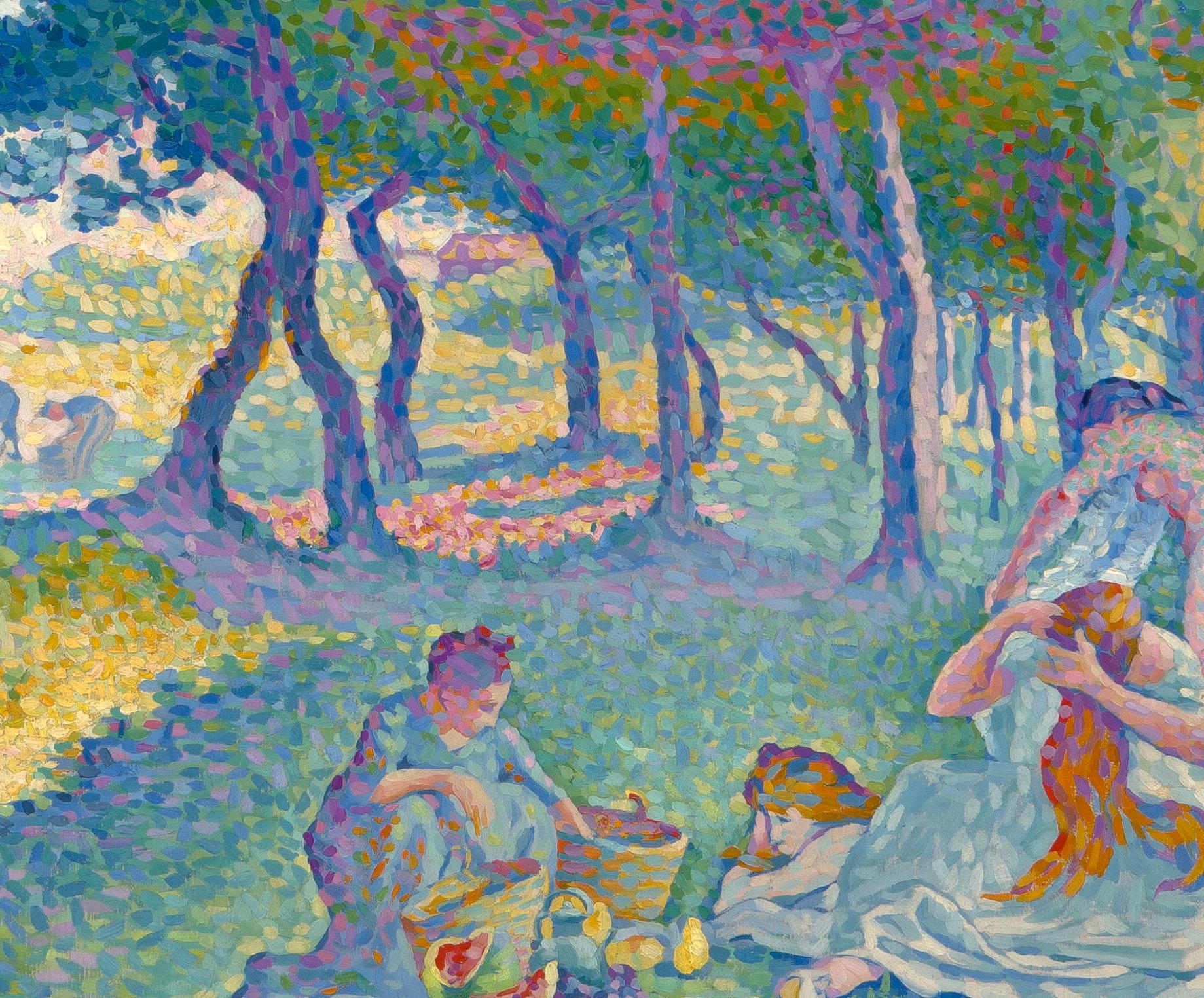
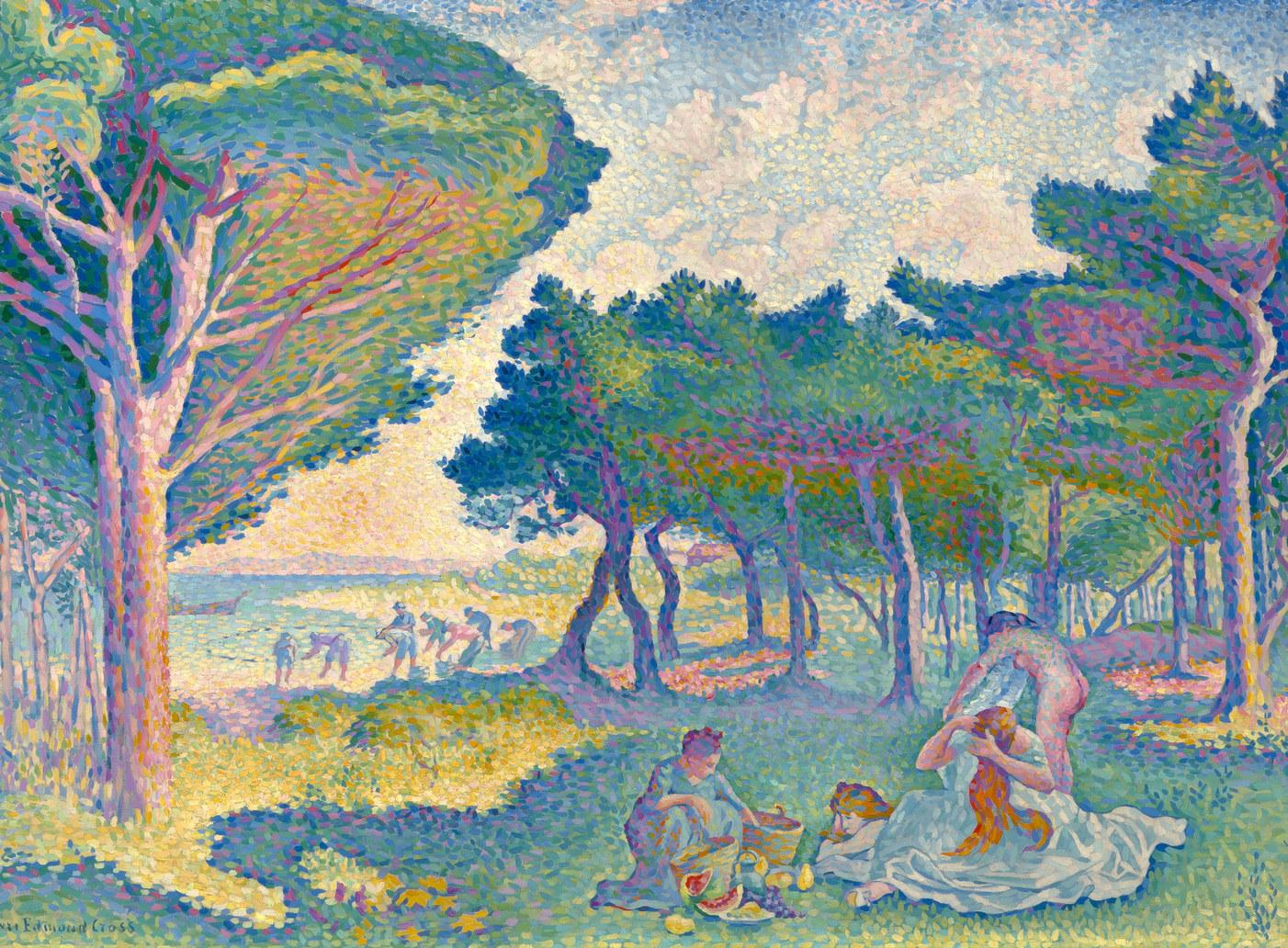
Oil on canvas
25.5 x 36.25 inches
Henri Edmond Cross (French, 1856 -1910)
Bords mediteraneens, 1895


Henri Edmond Cross (French, 1856-1910)
Vue de Menton, 1899-1900
Oil on canvas
25.75 x 36.75 inches


Maximilien Luce (French, 1858-1941)
Le Louvre et le Pont du Carrousel, la nuit, 1890
Oil on canvas
25 x 32 inches
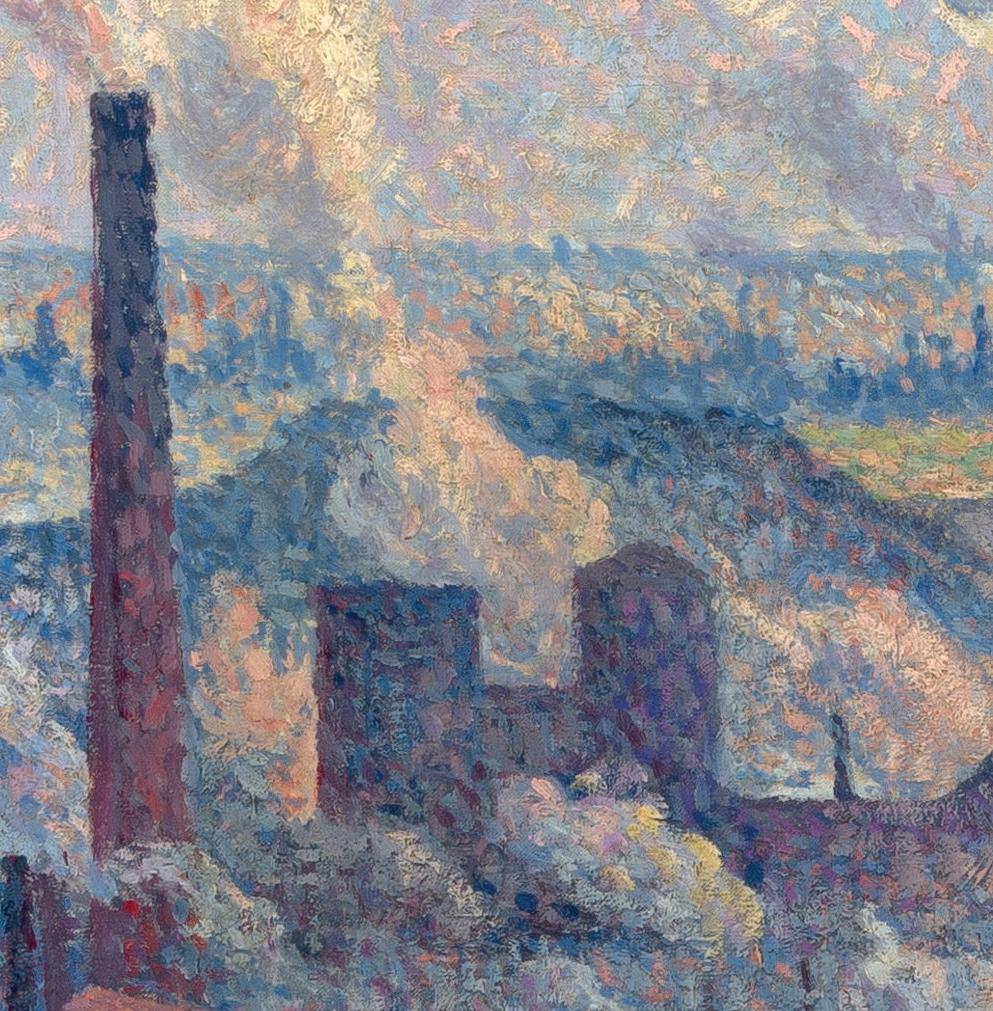




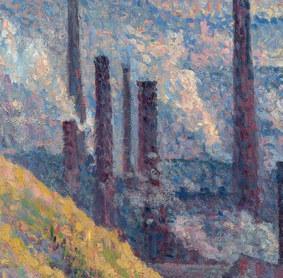

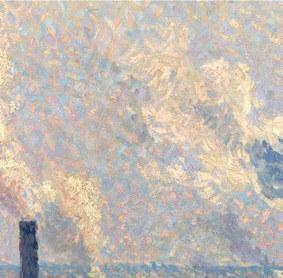
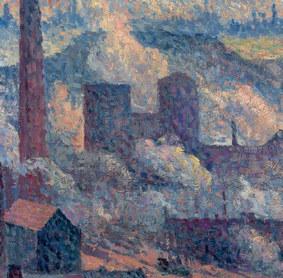

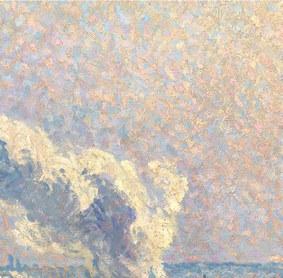


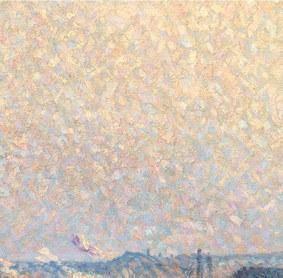


Maximilien Luce (French, 1858-1941)
Les cheminees d’Usines, couillet pres de Charleroi, 1899
Oil on canvas
29 x 39.35 inches


32.18 x 39.5 inches
Louis Valtat (French, 1869-1952)
Femme au jardin, 1902
Oil on canvas
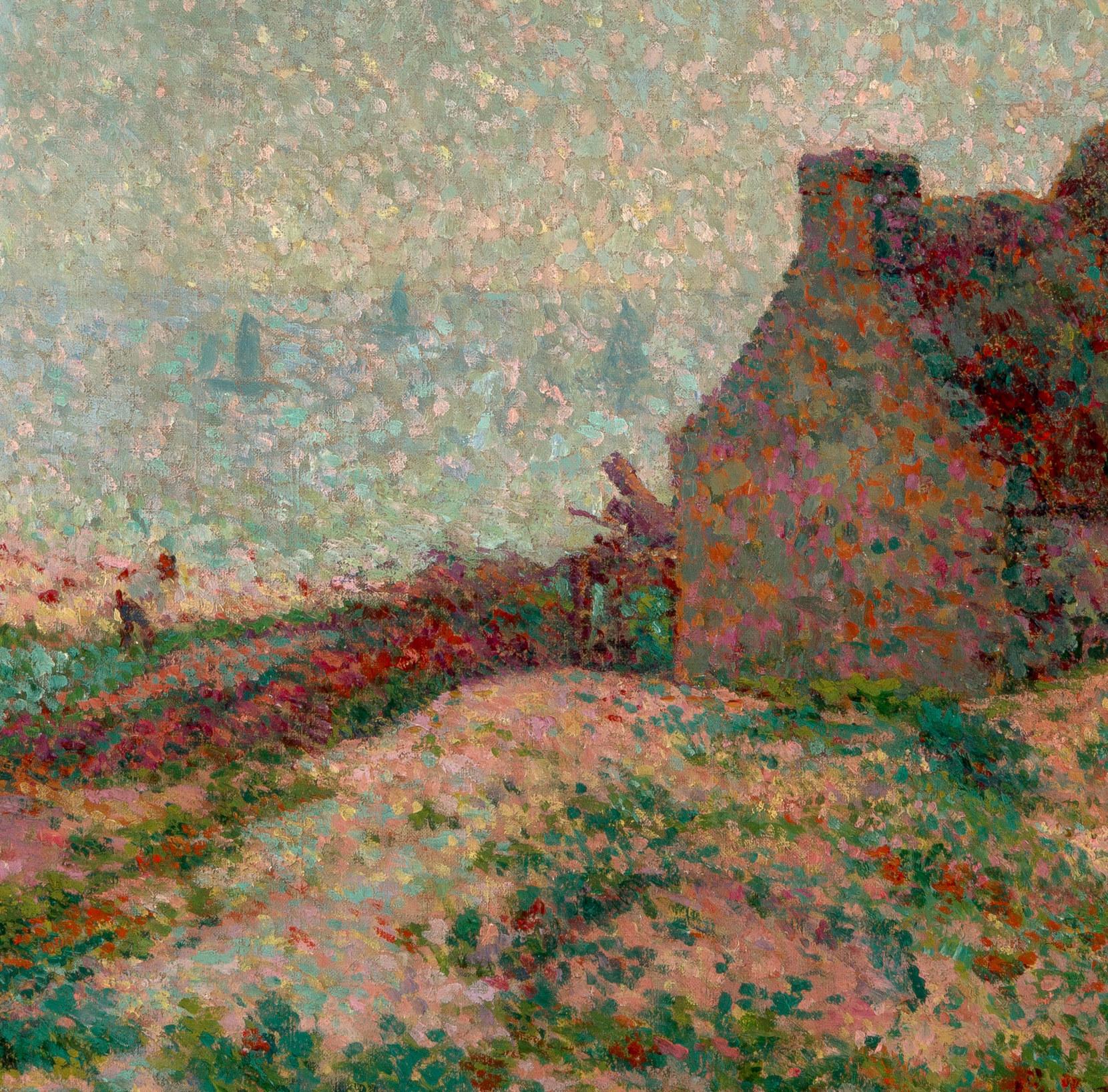

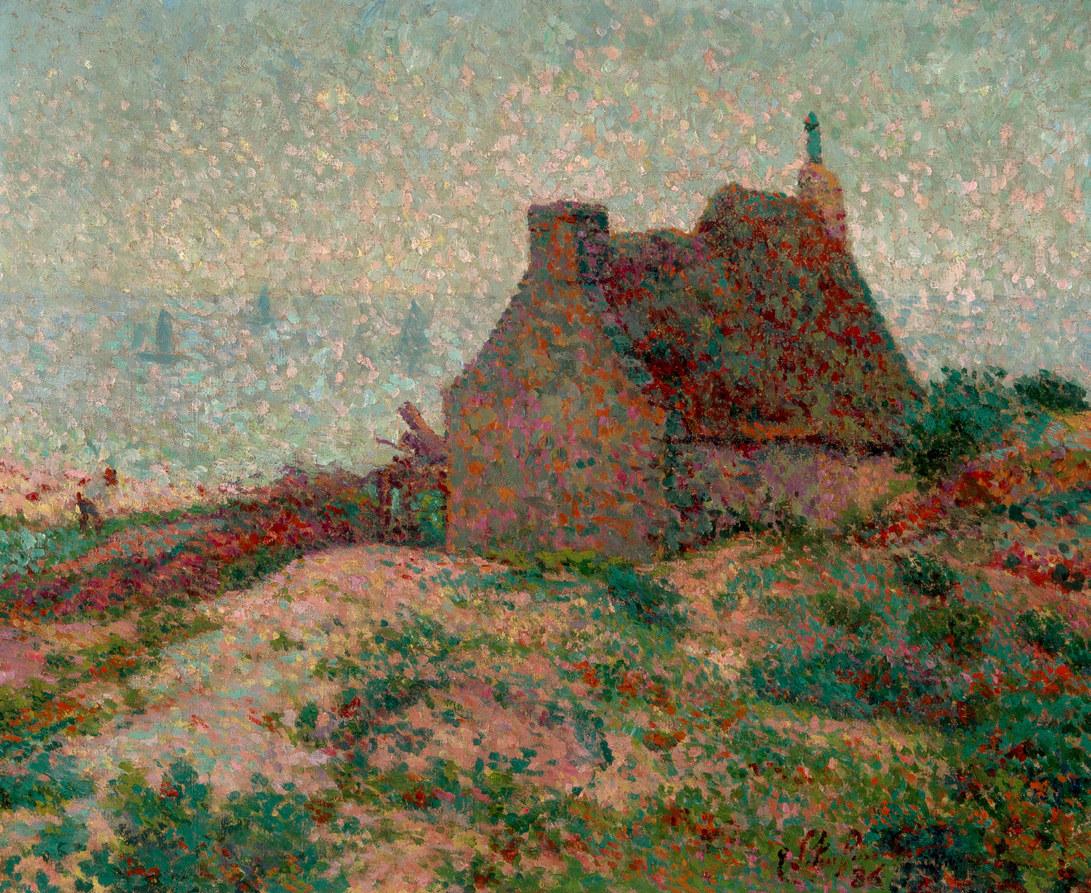
Maison bretonne dominant la mer, 1886
Oil on canvas 19.5 x 24 inches
Claude-Emile Schuffenecker (French, 1851-1934)


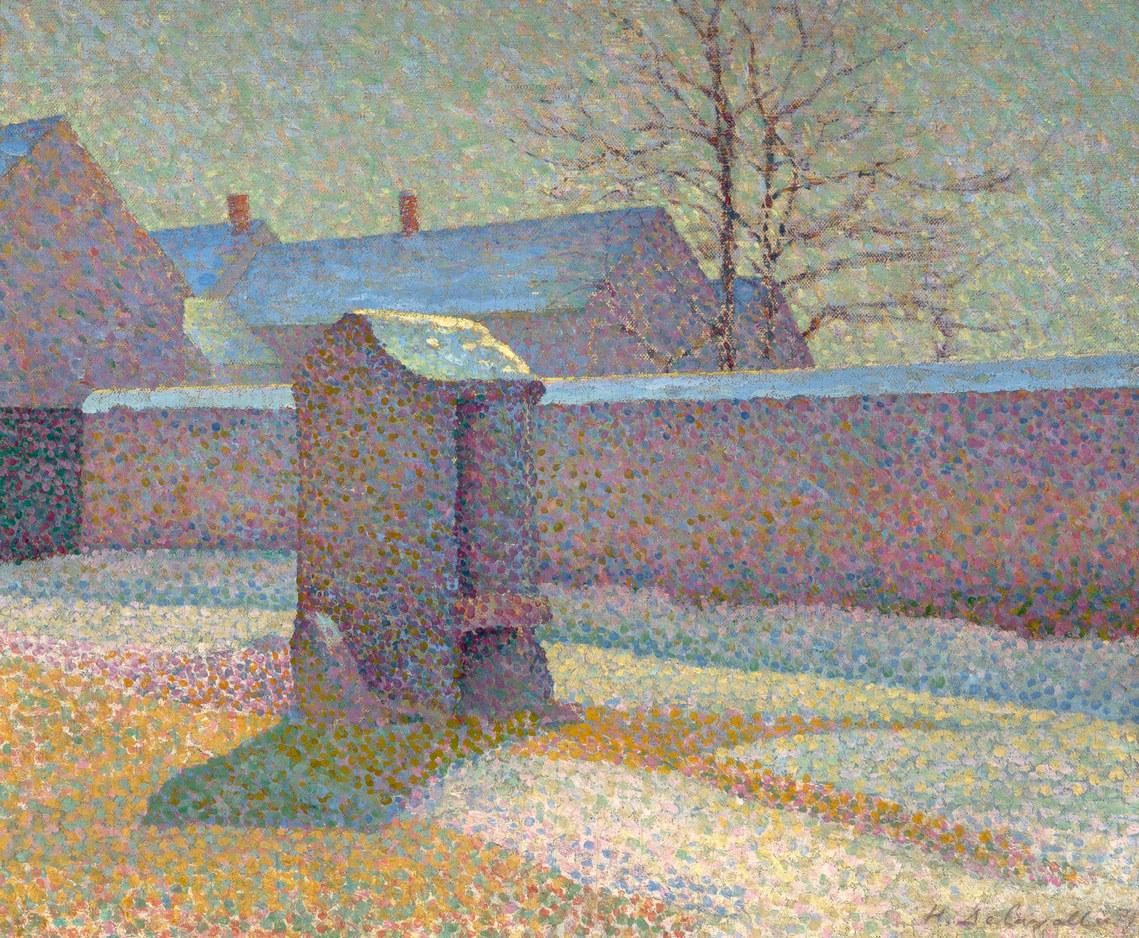
Le puits en hiver, 1887
Oil on canvas
15.5 x 18 inches
Henri Delavalle (French, 1862-1943)
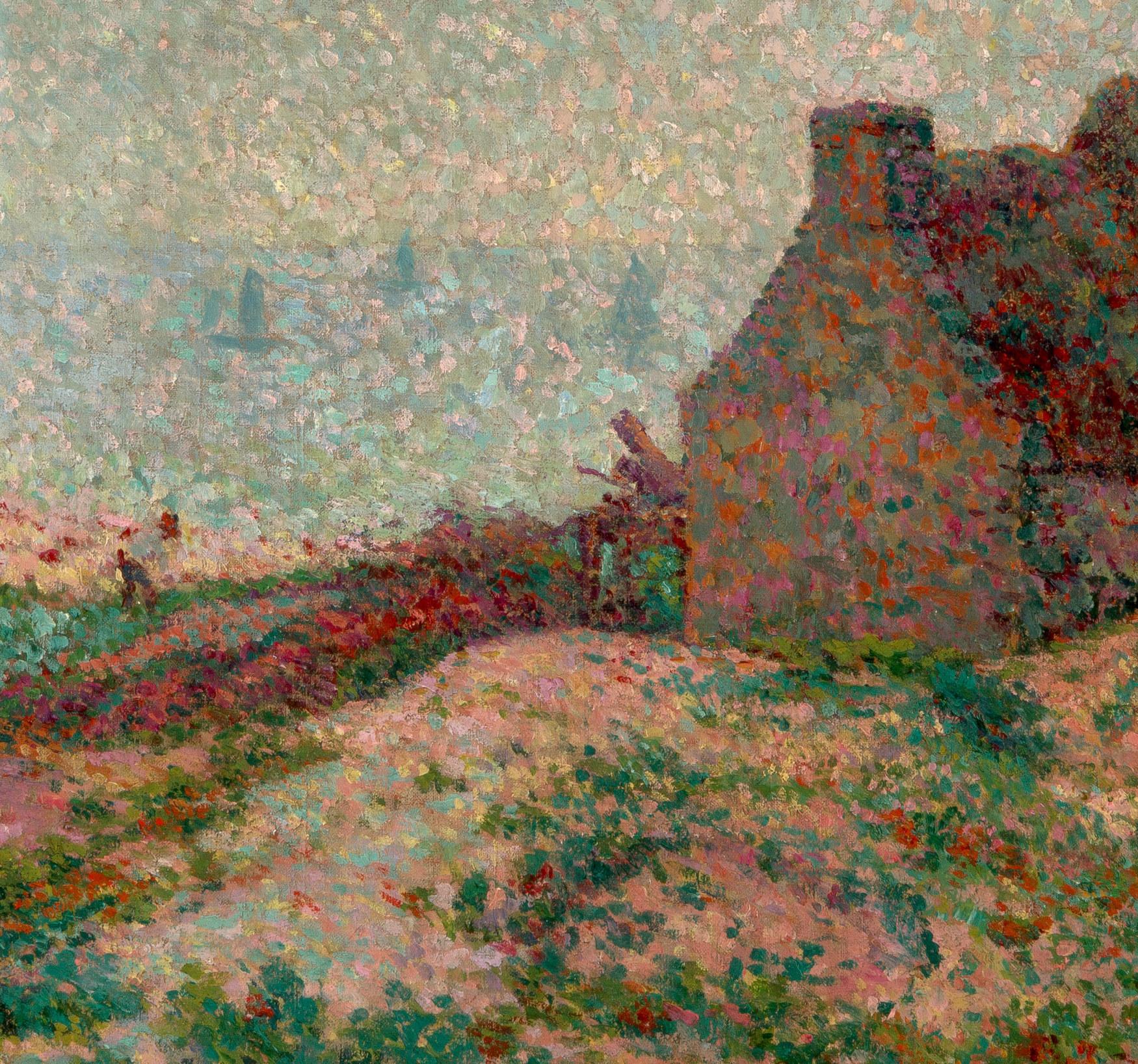

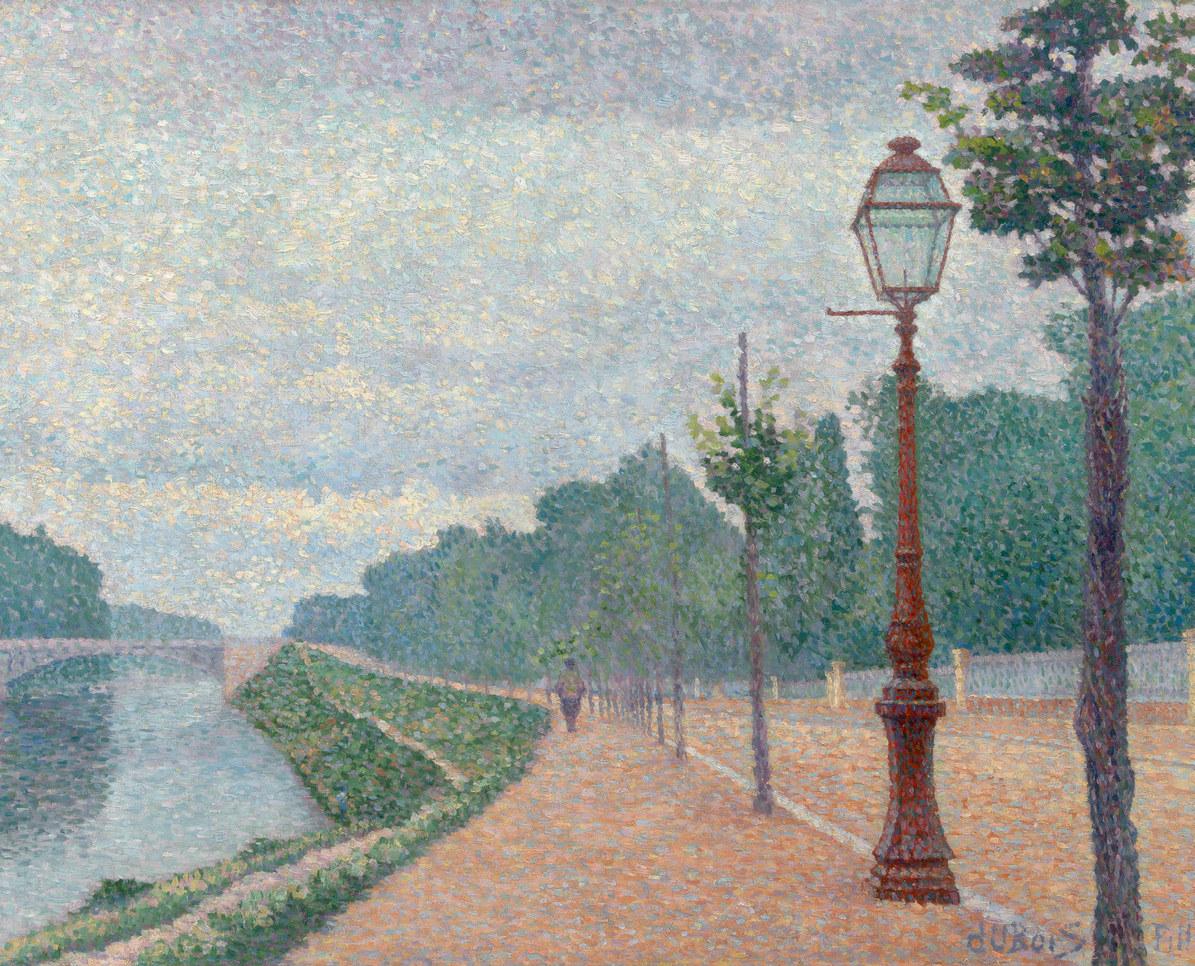
Albert Dubios-Pillet (French, 1846-1890)
Les bords de Seine a Neuilly, 1886
Oil on canvas
23.5 x 32.18 inches

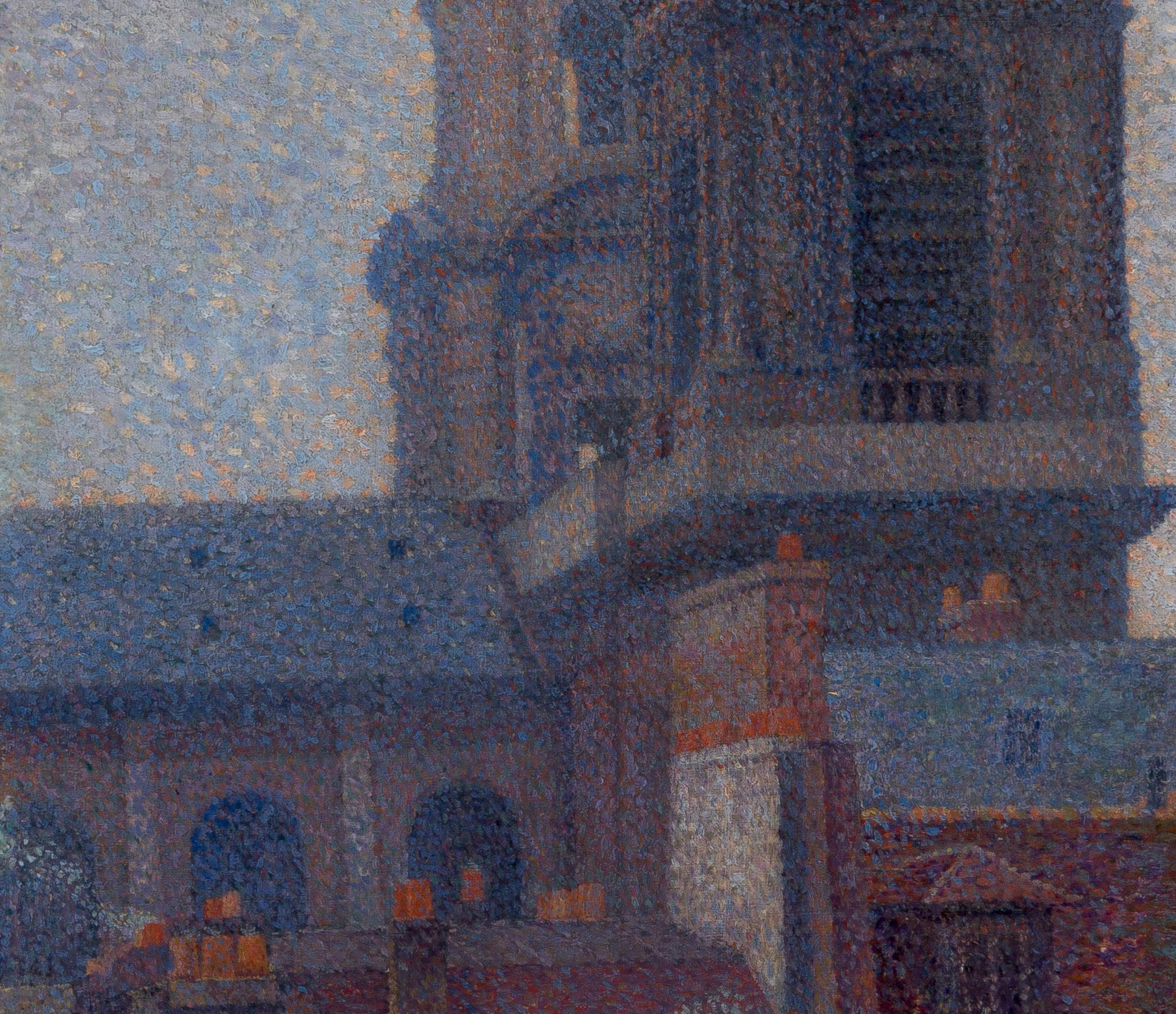

Albert Dubios-Pillet (French, 1846-1890)
Les Tours, Saint-Sulpice, 1887
Oil on canvas
32 x 23.75 inches


Moret, effet du matin, 1904
Oil on canvas
36.25 x 29 inches
Francis Picabia (French, 1879-1953)
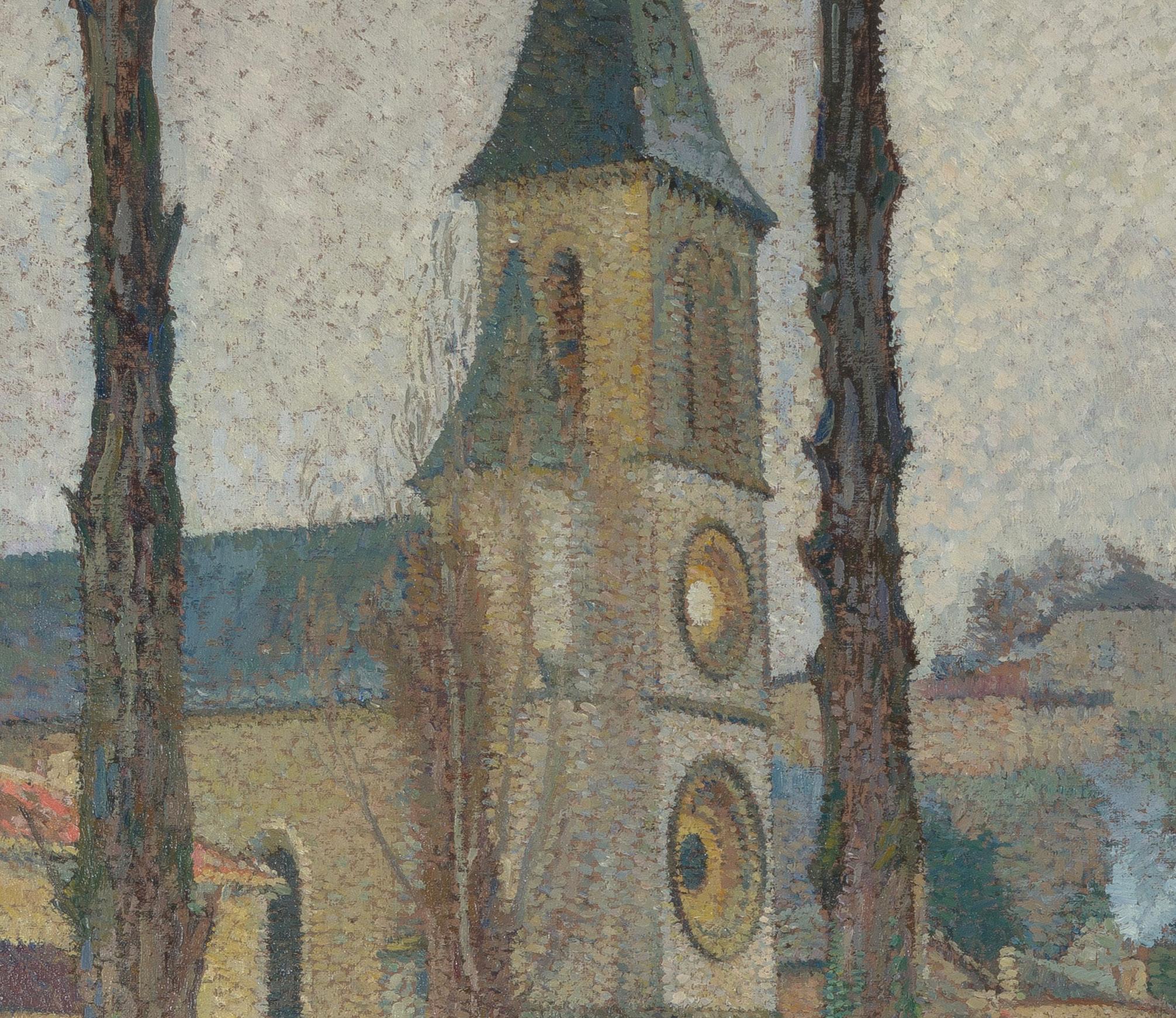

Henri Martin (French, 1860-1943)
Le Pont L’Eglise et L’Ecole de la Bastide du Vert, 1920
Oil on canvas 45.5 x 43 inches

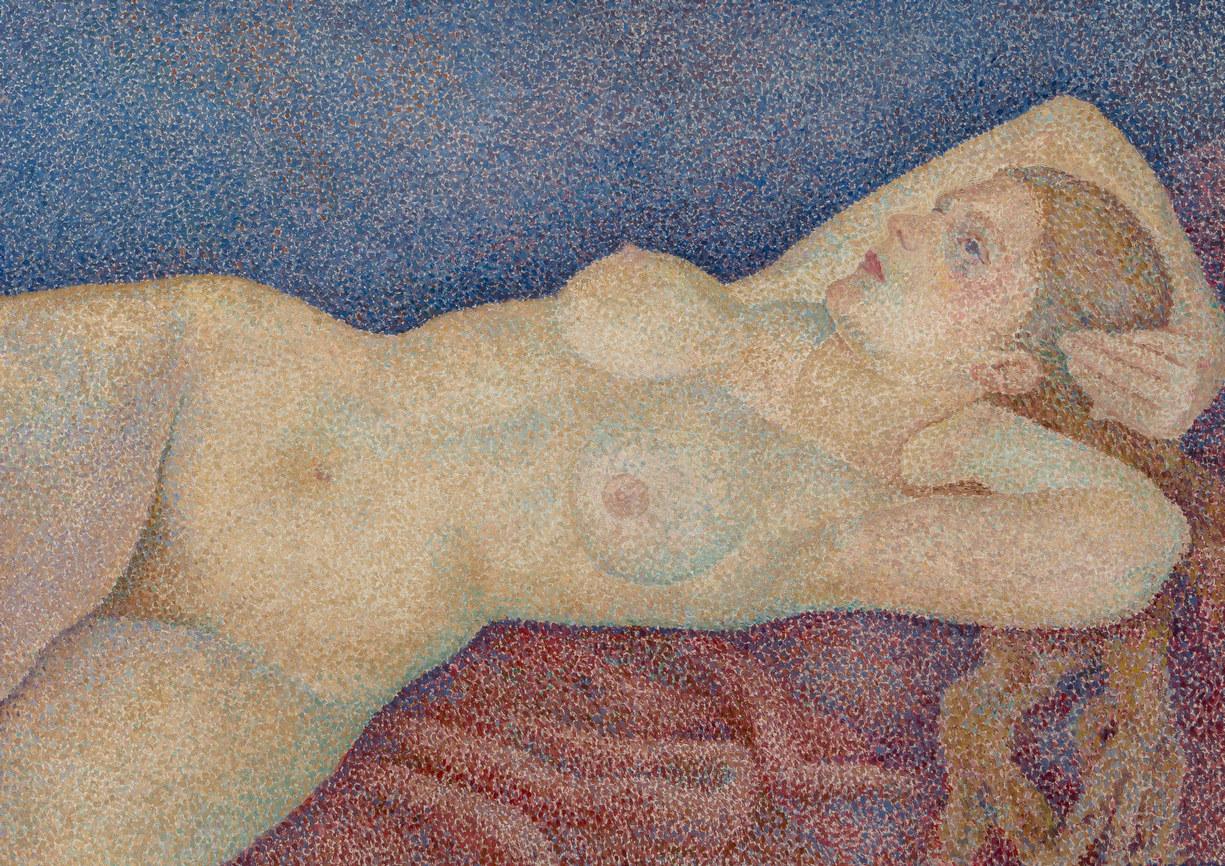
Reclining Nude, 1932
Oil on canvas
20.5 x 28.5 inches
Marie Marevna (Russian, 1892-1984)

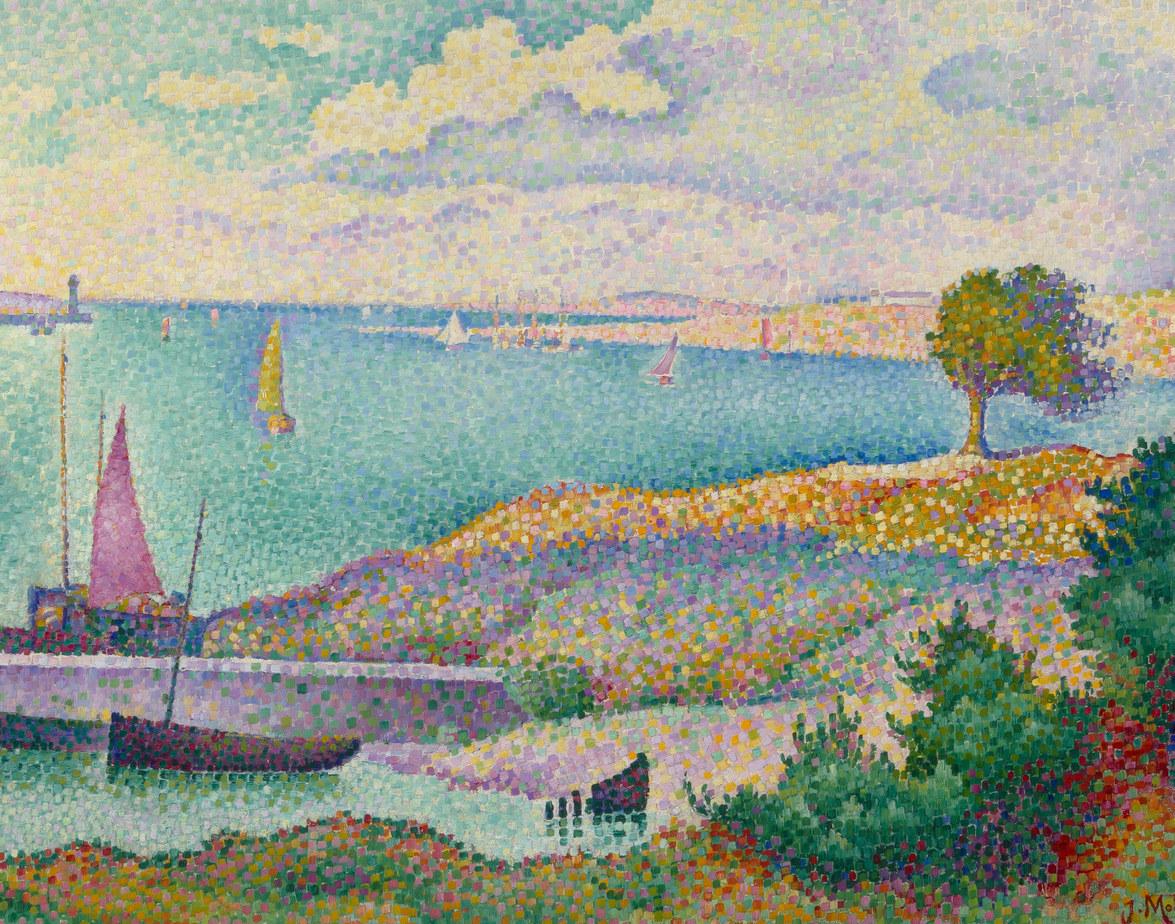
Jean Metzinger (French, 1883-1956)
Paysage, 1906-1907
Oil on canvas
25.25 x 36 inches

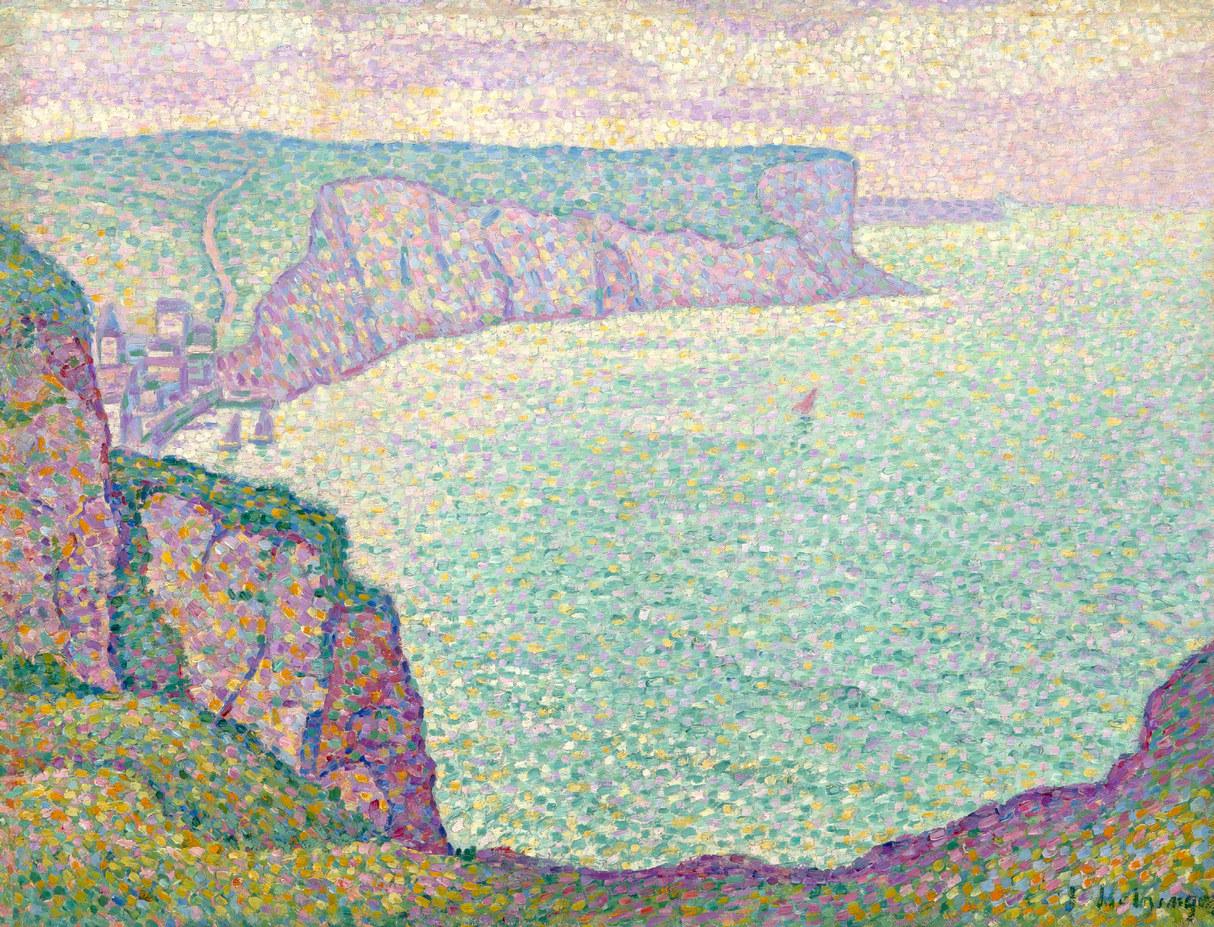
Jean Metzinger (French, 1883-1956)
Paysage, 1905
Oil on canvas
20.5 x 26 inches

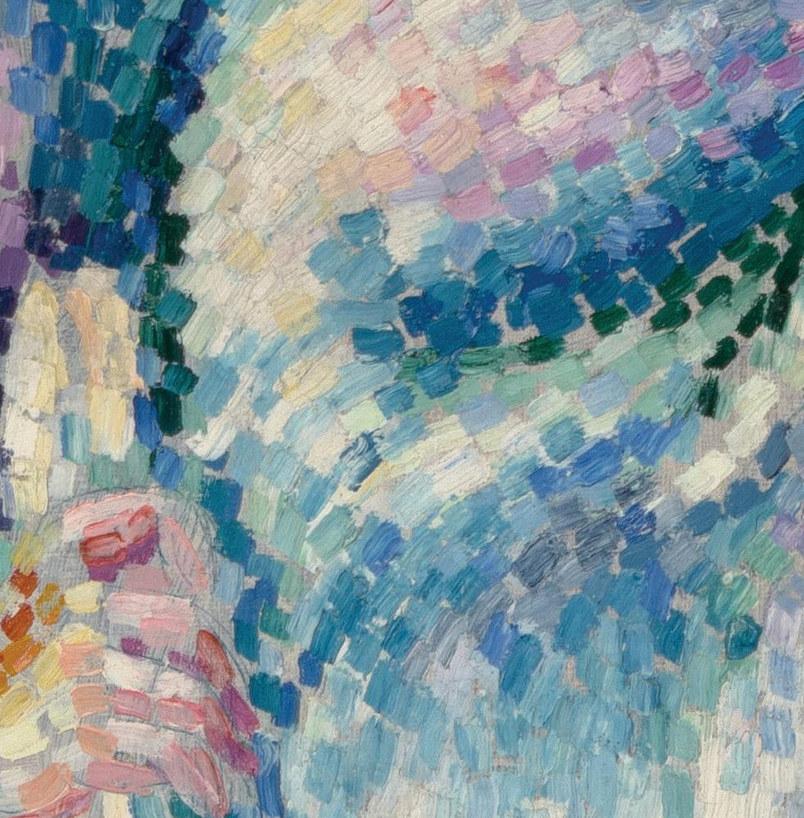
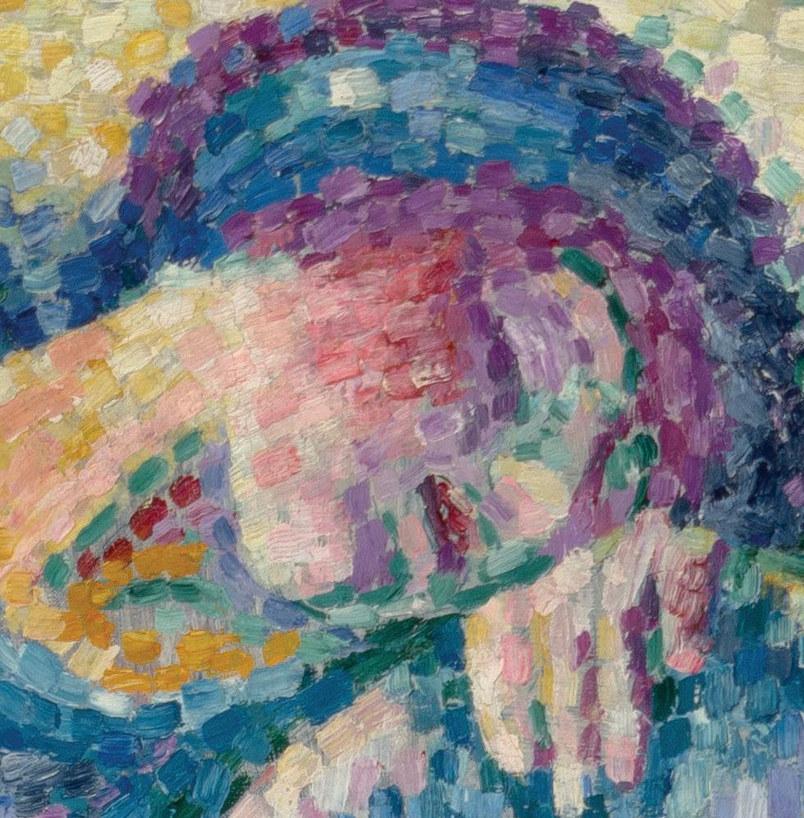
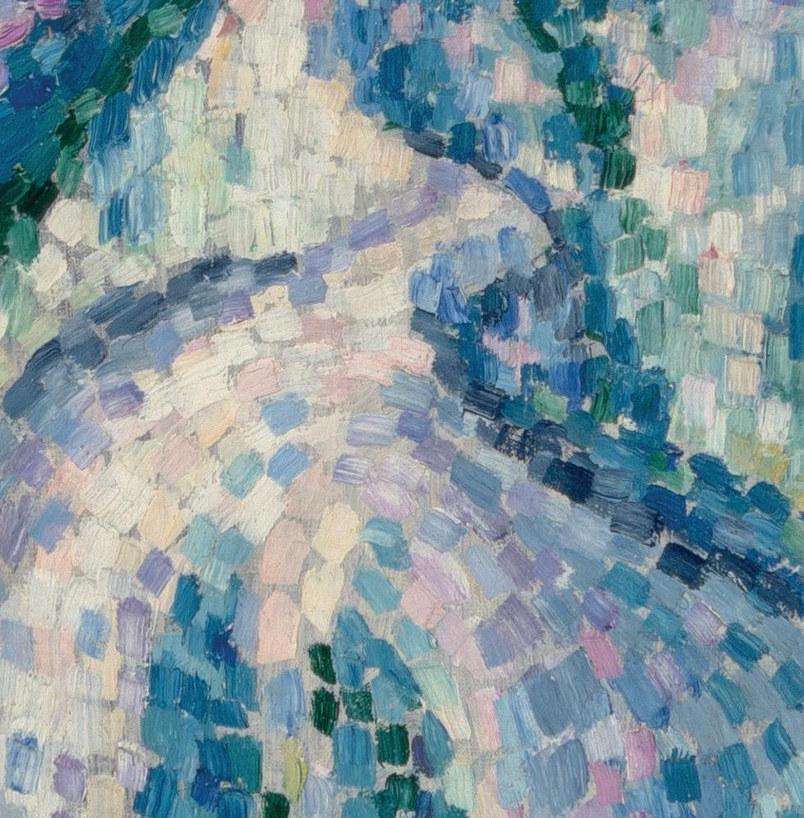

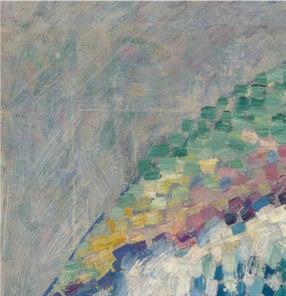
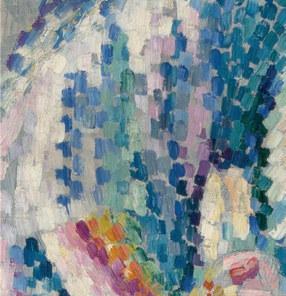

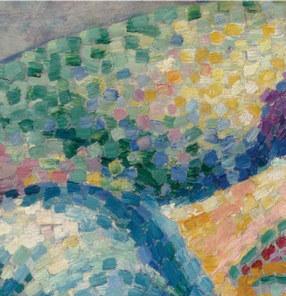

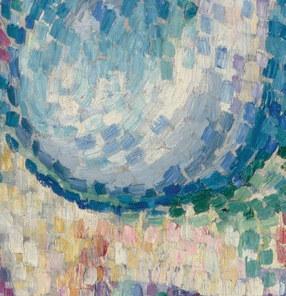

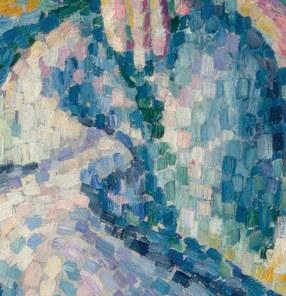


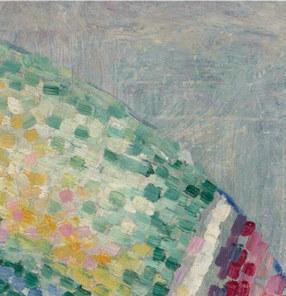



Oil and colored pencil on canvas
27 x 31.5 inches
Lucie Cousturier (French, 1870-1925)
Femme assoupie, 1900

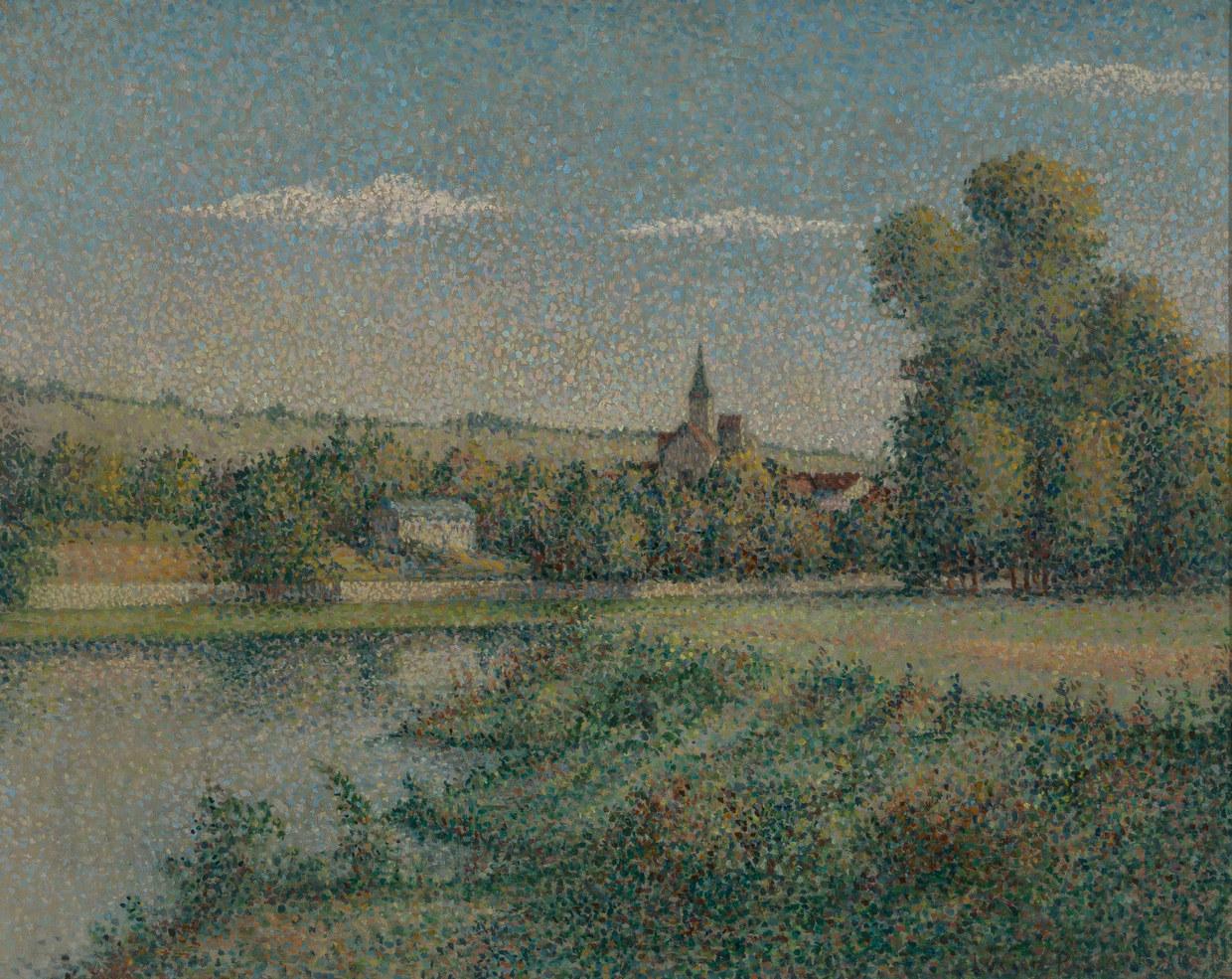
1863-1944)
Village d’Ile-de-France, 1889
Oil on canvas
15.5 x 20 inches
Lucien Pissarro (French,

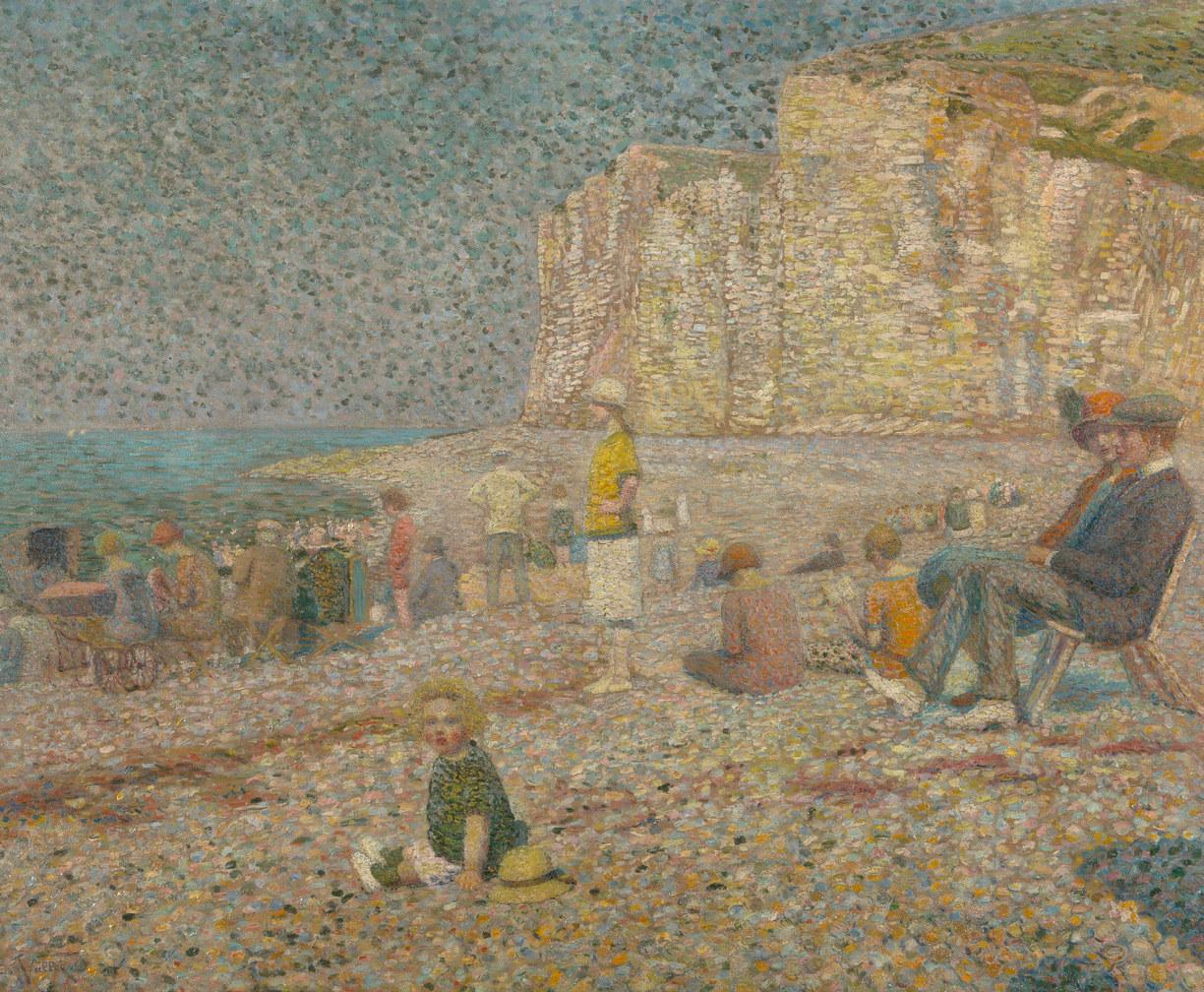
La Plage au Pied des Falaise, 1928
37.5 x 45.5 inches
Ludovic Vallée (French, 1864-1939)
Oil on canvas


Théo van Rysselberghe (Belgian, 1862-1926)
Les voiliers (prés d’Anvers), 1892
Oil on canvas
27.75 x 35.5 inches




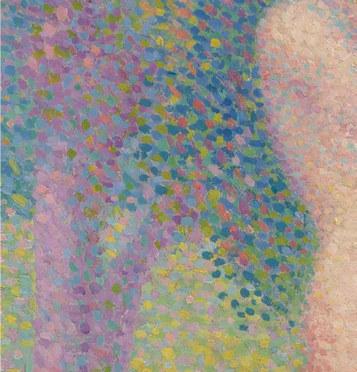


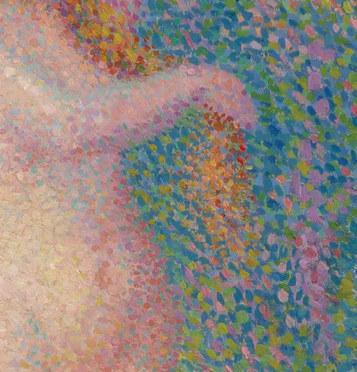





Hippolyte Petitjean (French, 1854-1929)
Baigneuse au bord de la Riviere
Oil on canvas 21 x 14.5 inches

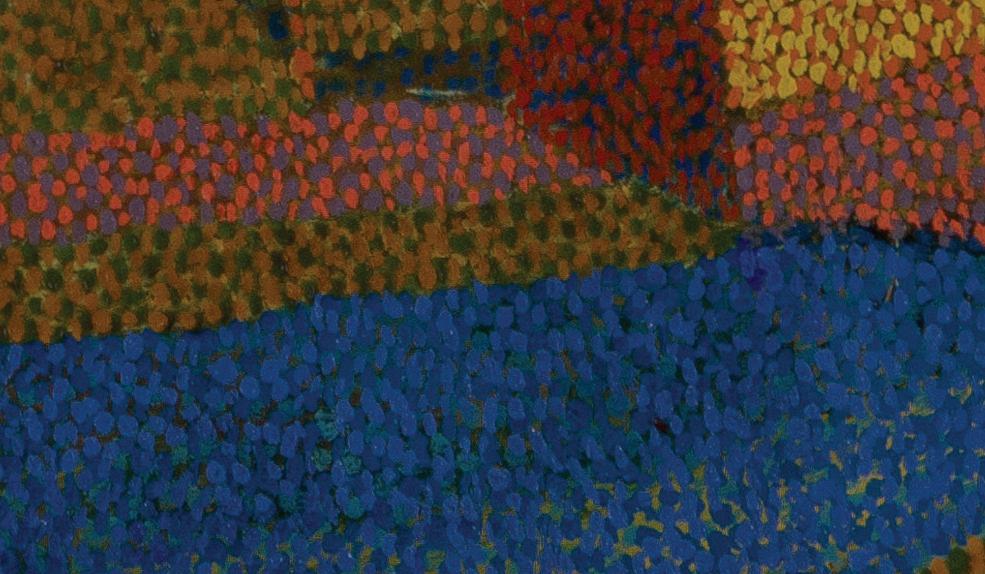

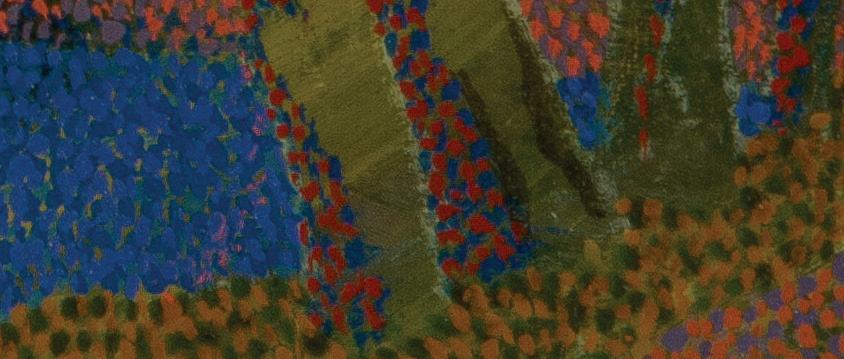


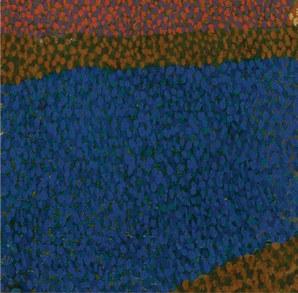
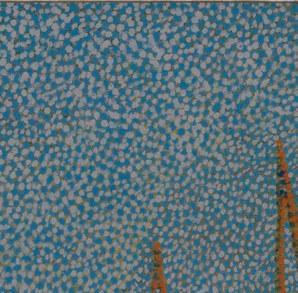
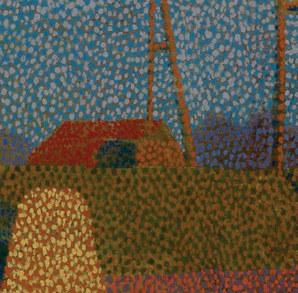
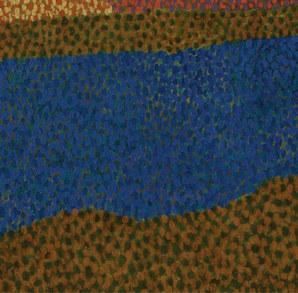


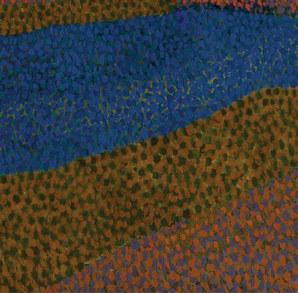
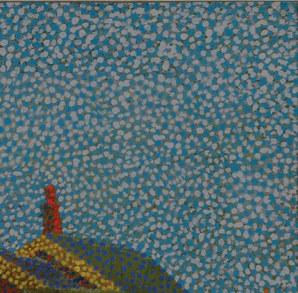


Landscape with Houses
Oil on canvas 16 x 22 inches
Hendricus Petrus Bremmer (Dutch, 1871-1956)


Robert Pinchon (French, 1886-1943)
Embarcadere sur la Seine
Oil on canvas
30 x 40 inches


Robert Pinchon (French, 1886-1943)
Environs de Rouen, L’Hiver, 1929
Oil on canvas
15.5 x 24.5 inches


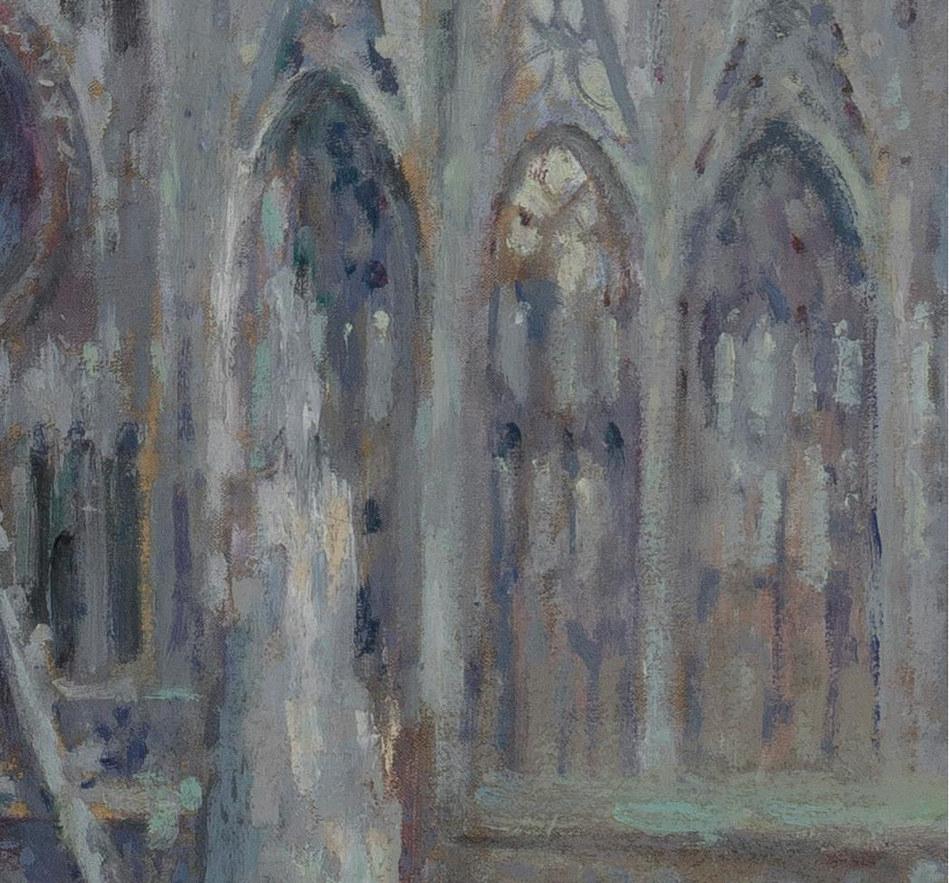
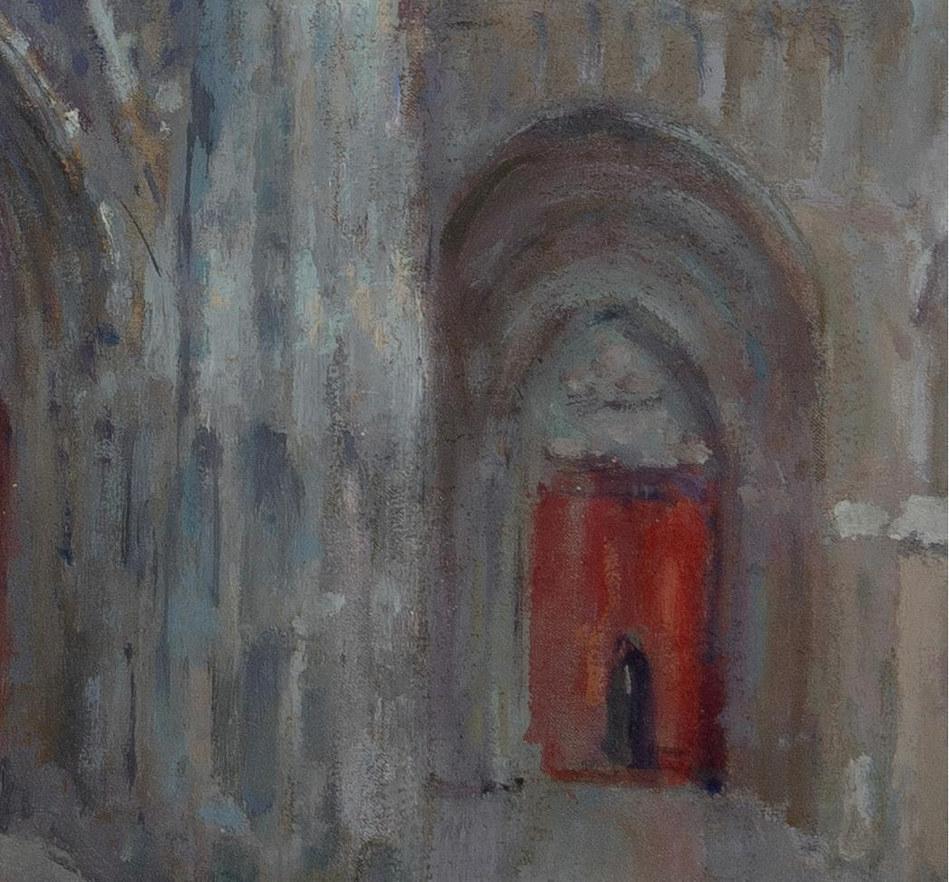
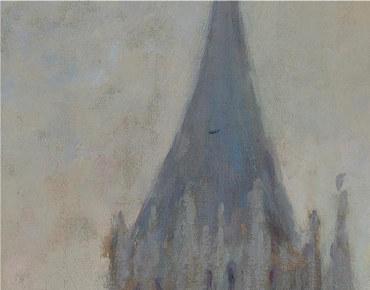
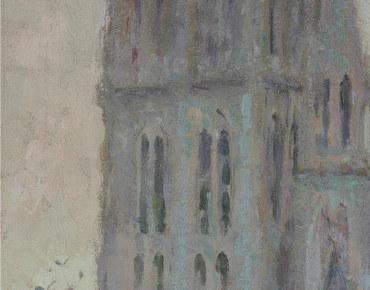


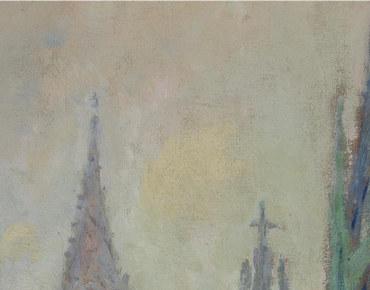
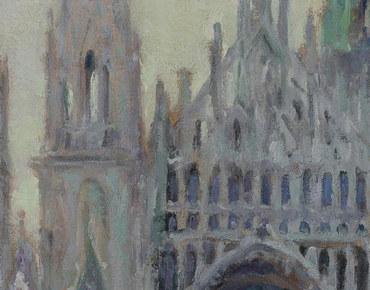
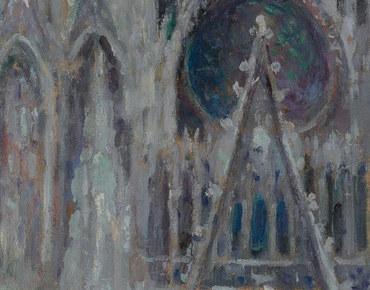
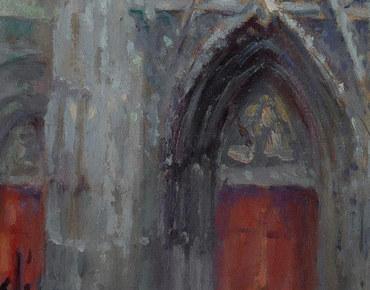

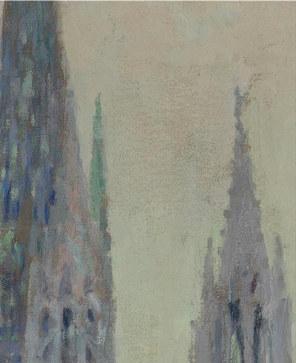
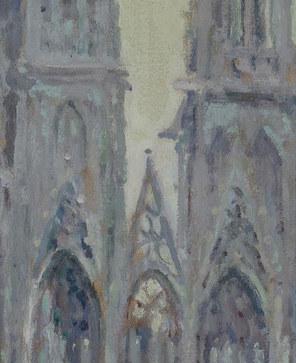


Robert Pinchon (French, 1886-1943)
Rouen Cathedral
Oil on canvas 31 x 25 inches




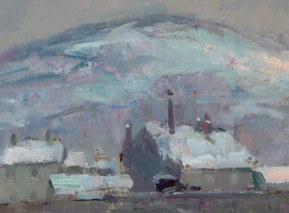





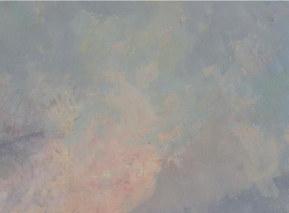
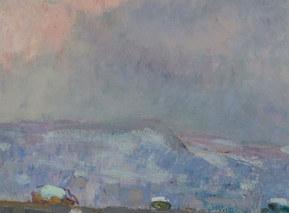



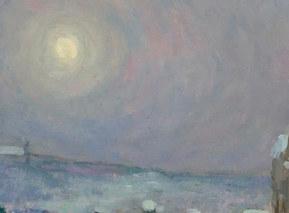
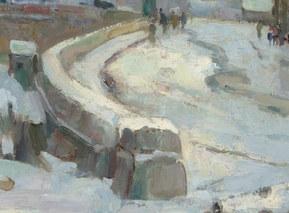
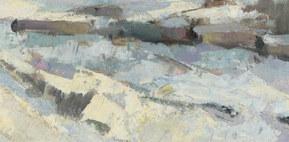
Robert Pinchon (French, 1886-1943)
Le quai St. Sever Sous la neige a Rouen, 1929
Oil on canvas
31.5 x 55.5 inches
“I will paint often at the banks of the Seine: Nan-
terre, Rueil, Chatou, Bougival, Port-Marly. These are a source of themes and very beautiful landscapes,”
- Albert Lebourg

Albert Lebourg (French, 1849-1928)
Lever de Lube sur La Seine en Automne, 1913
Oil on canvas
19.5 x 28.5 inches
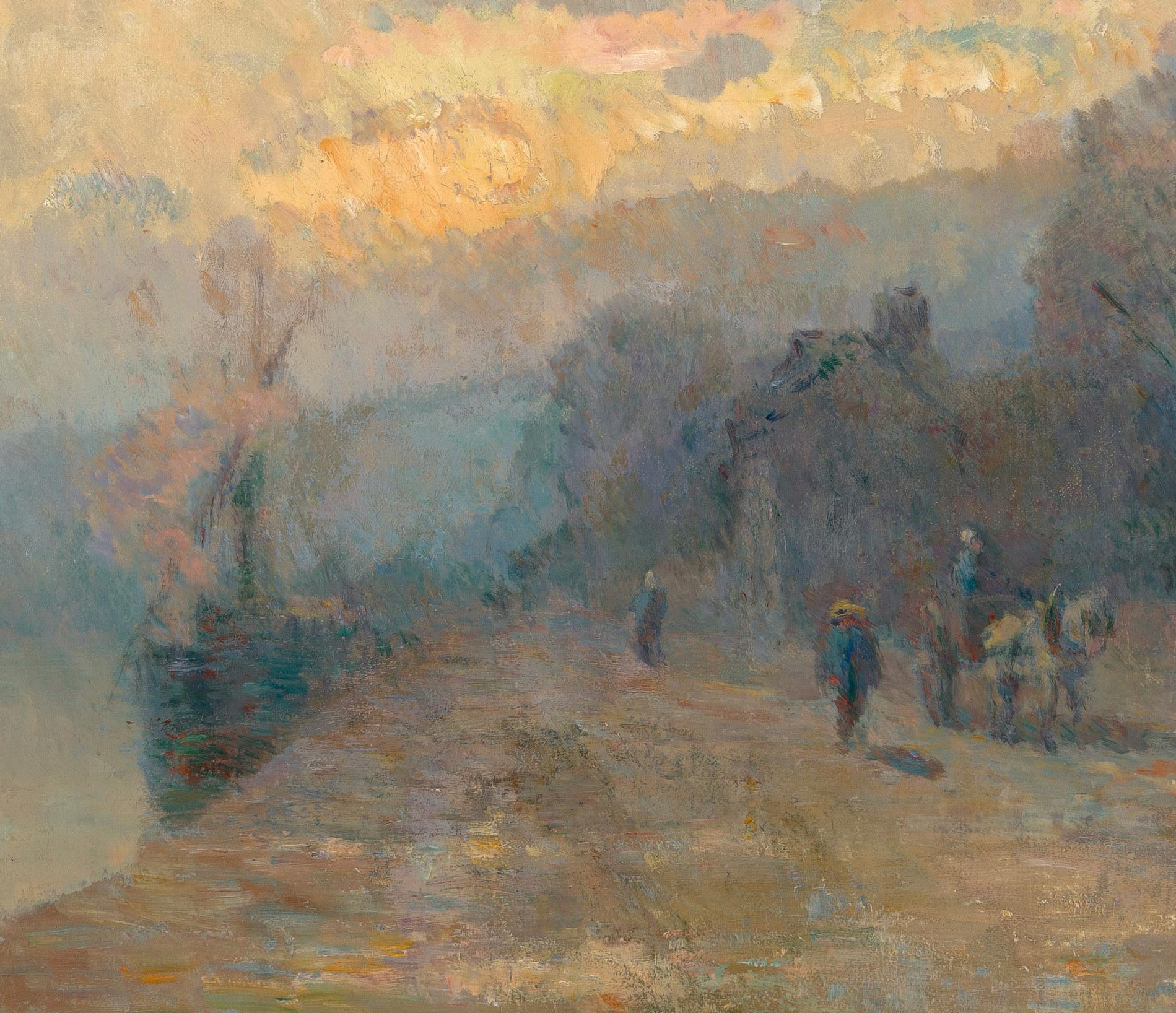

Albert Lebourg (French, 1849-1928)
Fine de jour, La Seine a Dieppedalle Environs de Rouen
Oil on canvas
19.5 x 28.5 inches
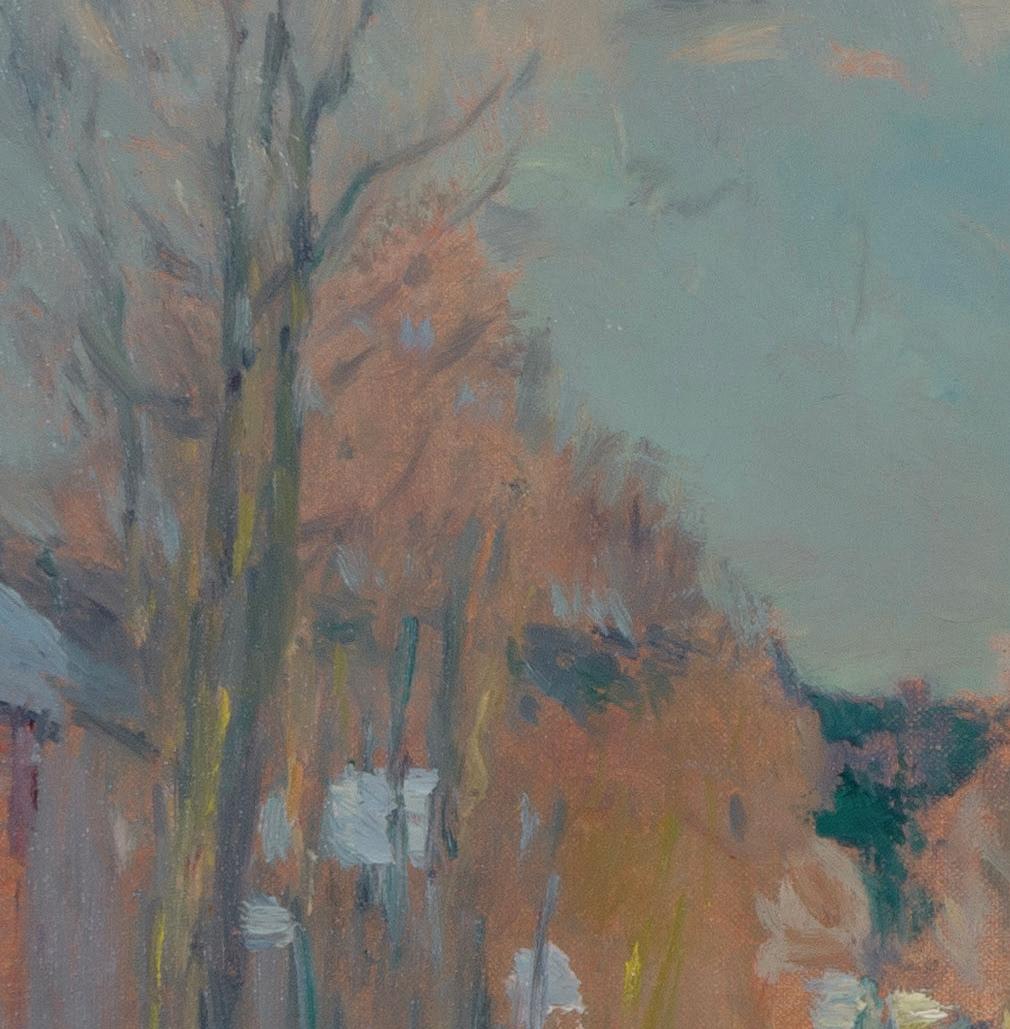




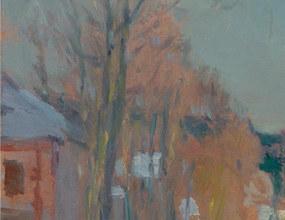


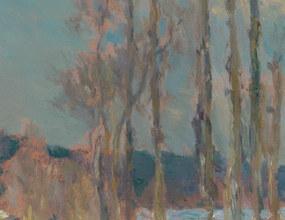
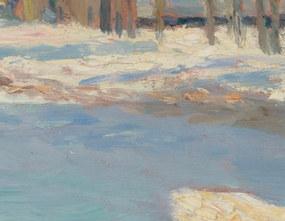
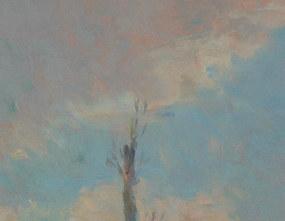
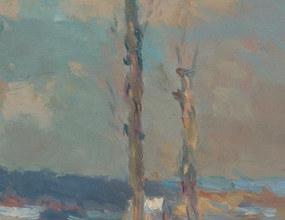




Albert Lebourg (French, 1849-1928)
Oil on canvas
18 x 30 inches
Village au Bord de la Seine en Hiver
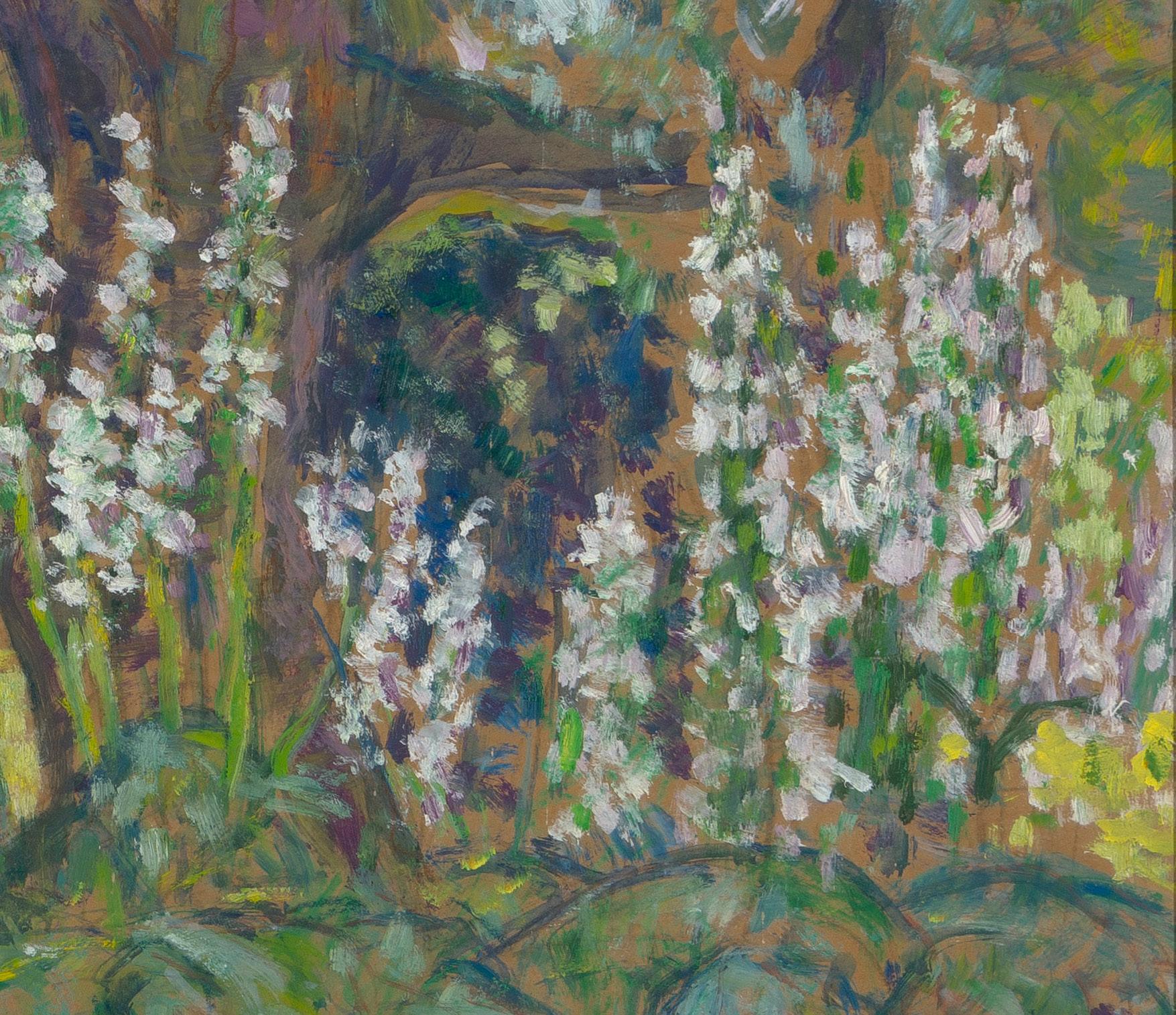
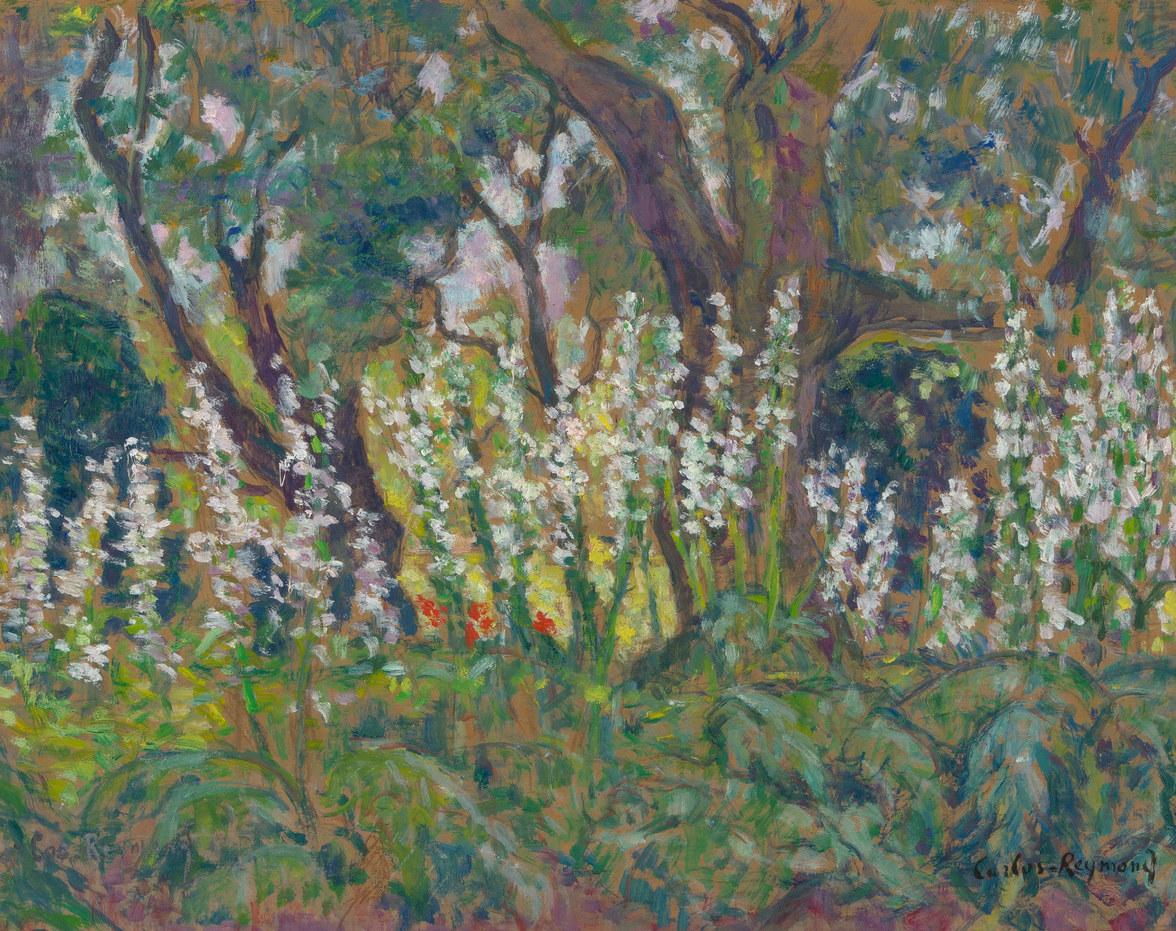
Oil on canvas 22.5 x 29 inches
Carlos Reymond (French, 1884-1970)
Les Acanthes


Carlos Reymond (French, 1884-1970)
Coup de soleil sur le Jardin de la Marthoune
Oil on canvas
25.5 x 21.25 inches


Carlos Reymond (French, 1884-1970)
Tartanes a Saint Tropez, 1912
Oil on tracing paper 16 x 19.5 inches



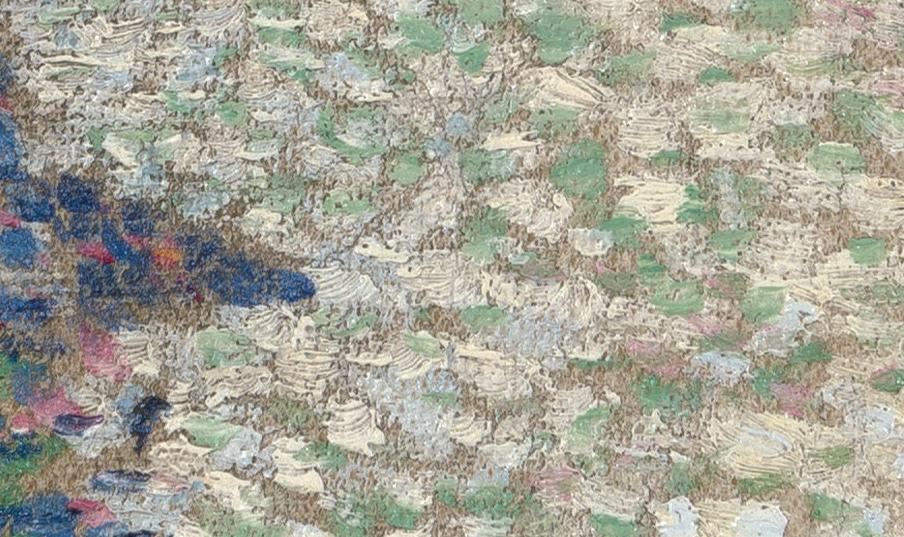

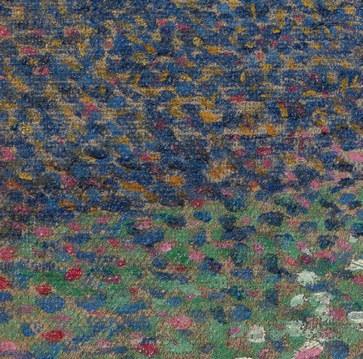


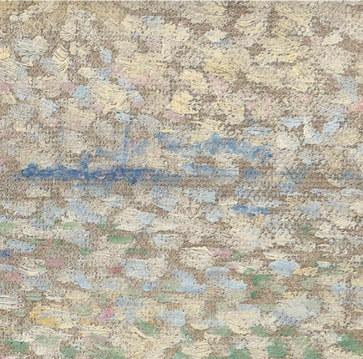

George Lemmen (French, 1865-1916)
La Jetee, 1892-1894
Oil on canvas 6 x 9 inches

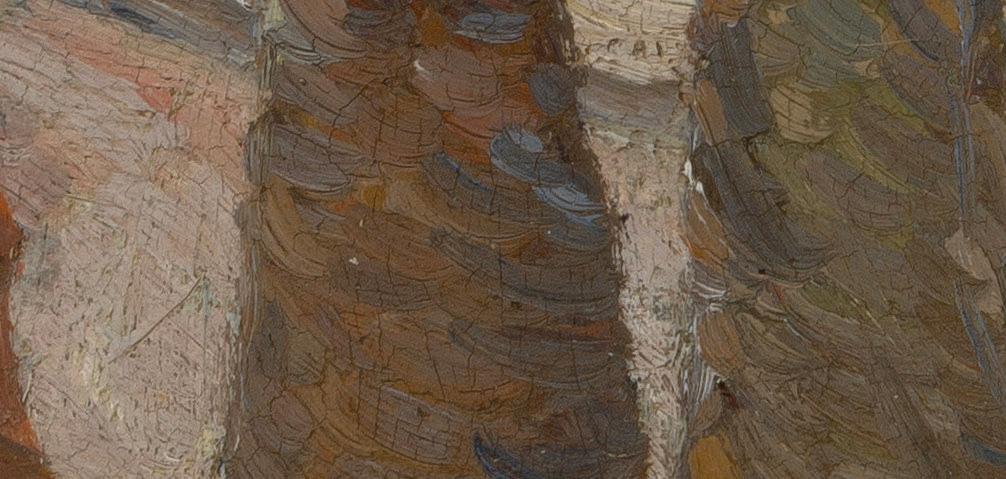
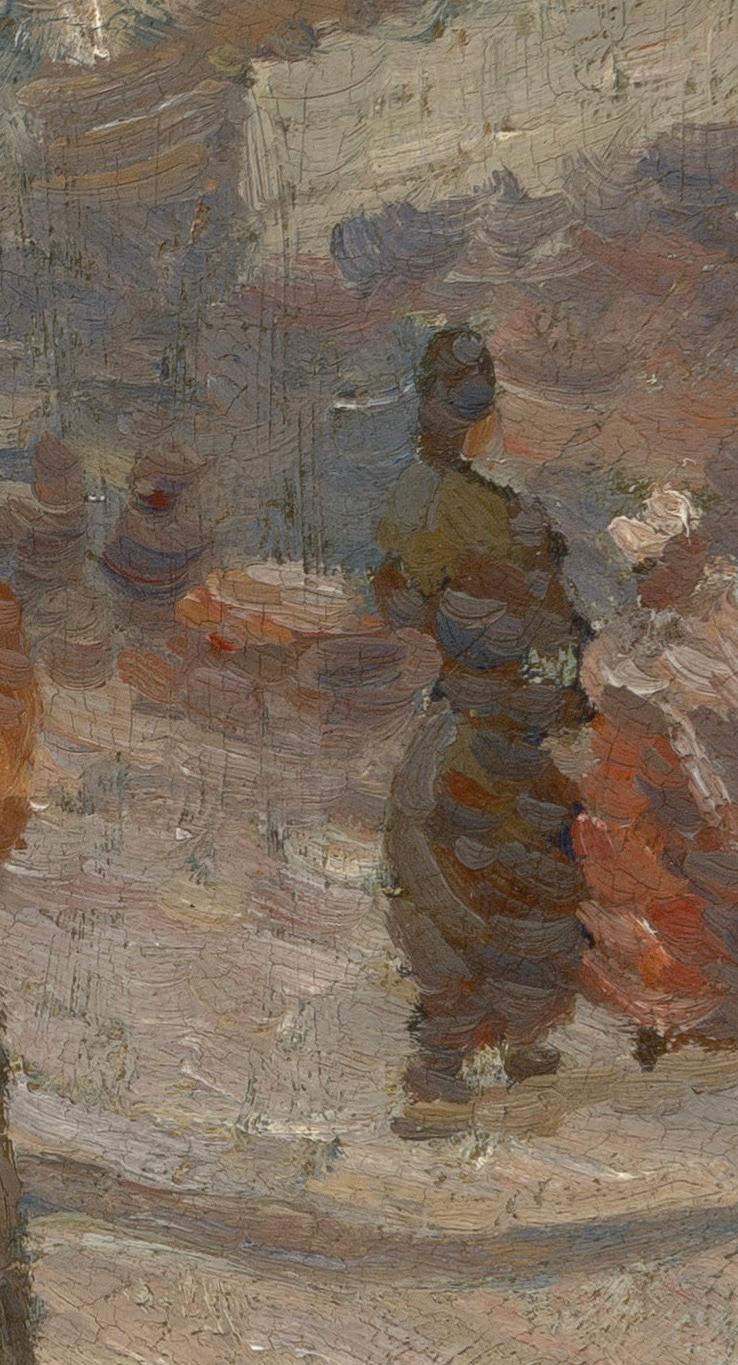

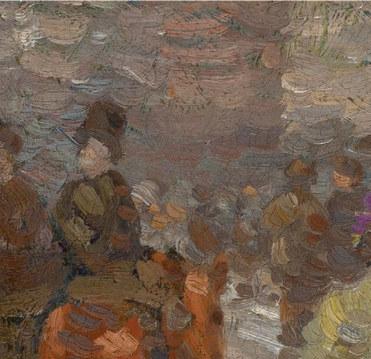
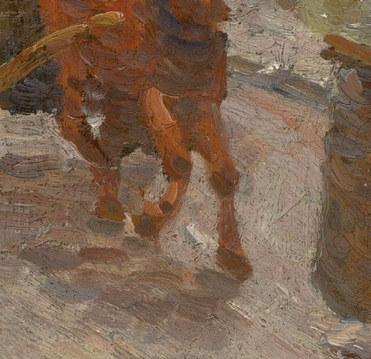
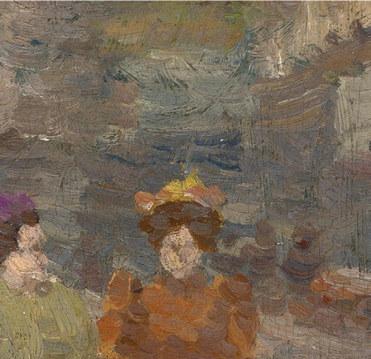



Louis Hayet (French, 1864-1940)
Elegants sur le Boulevard
Oil on canvas 7.5 x 10.5 inches


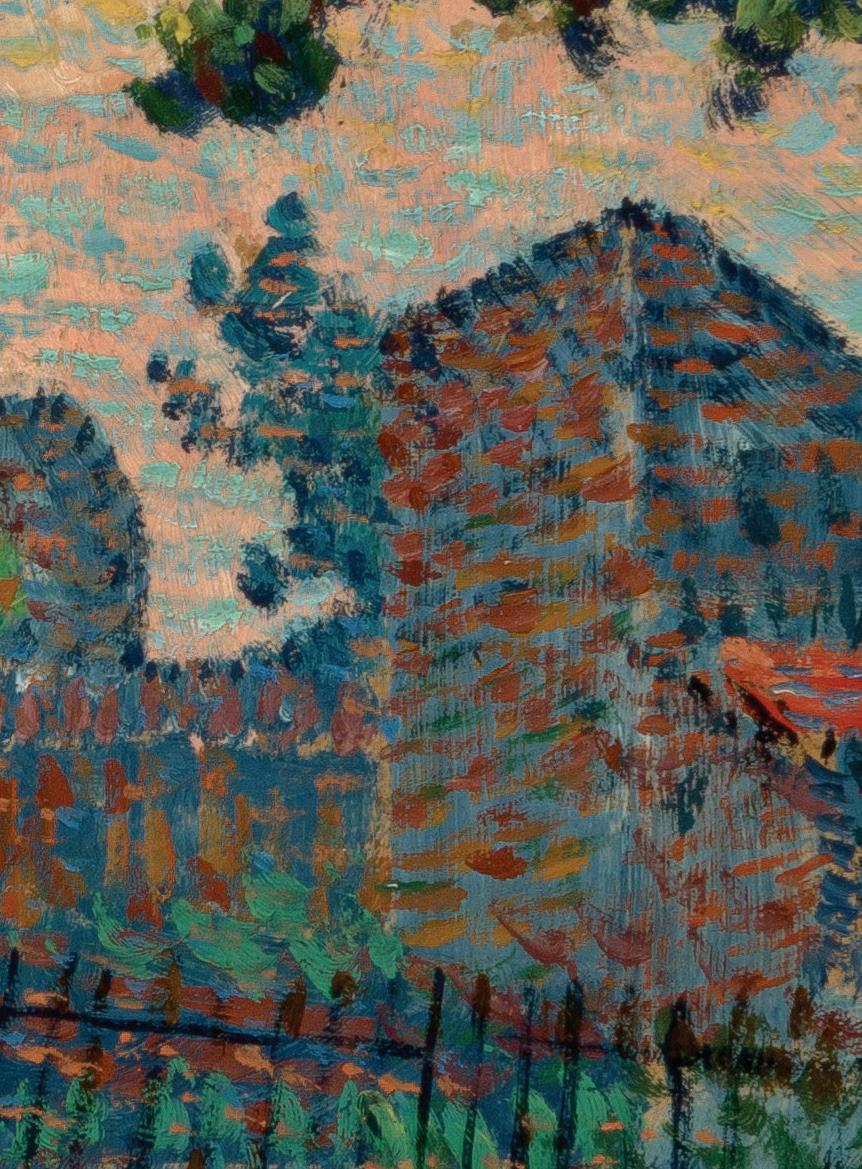

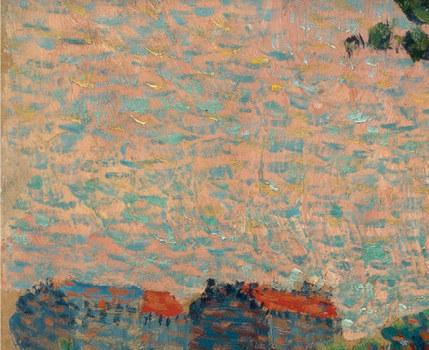

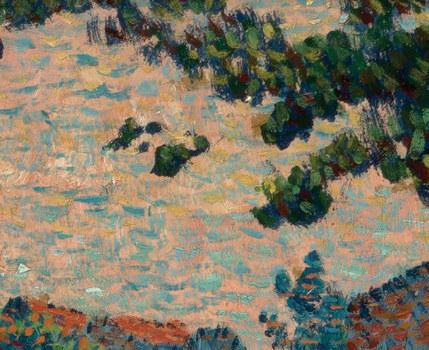
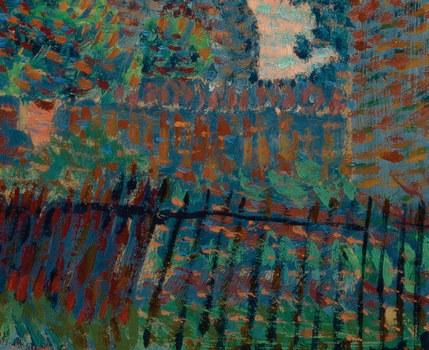

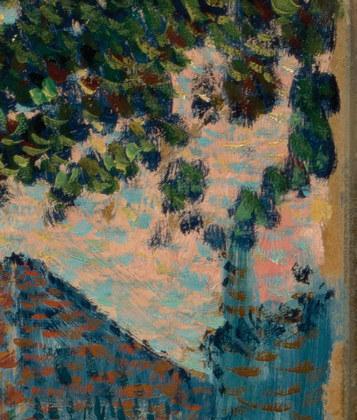

Louis Hayet (French, 1864-1940)
Le Village Oil on canvas 8 x 12 inches



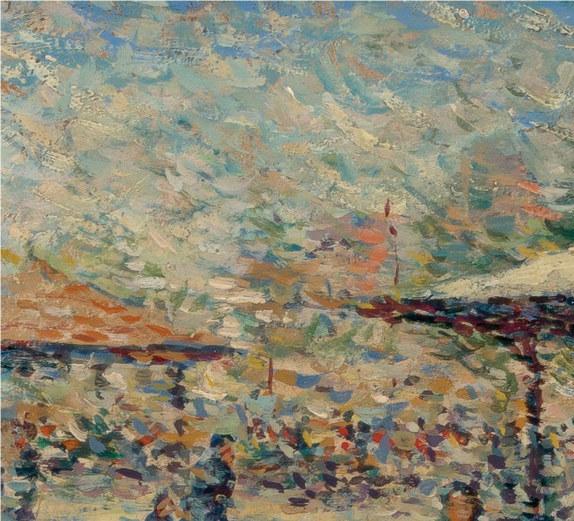
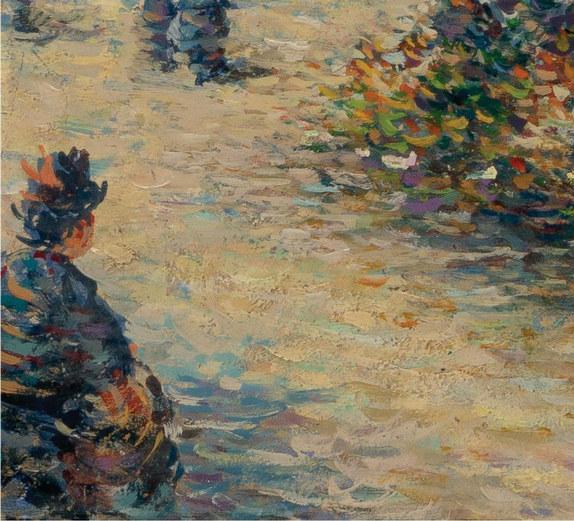
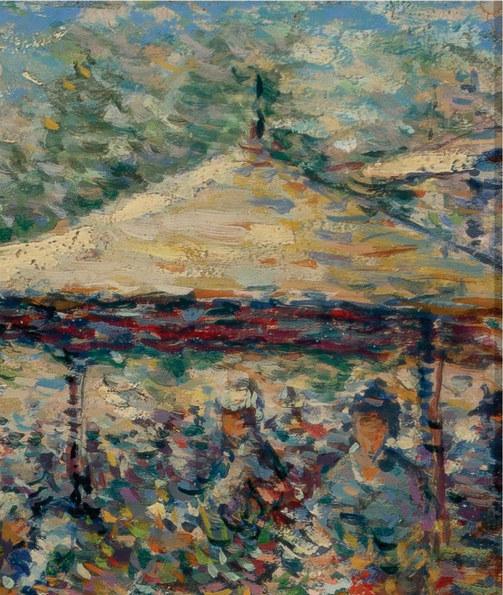

Louis Hayet (French, 1864-1940)
7.5 x 7.5 inches
Marche aux Fleurs
Oil on canvas





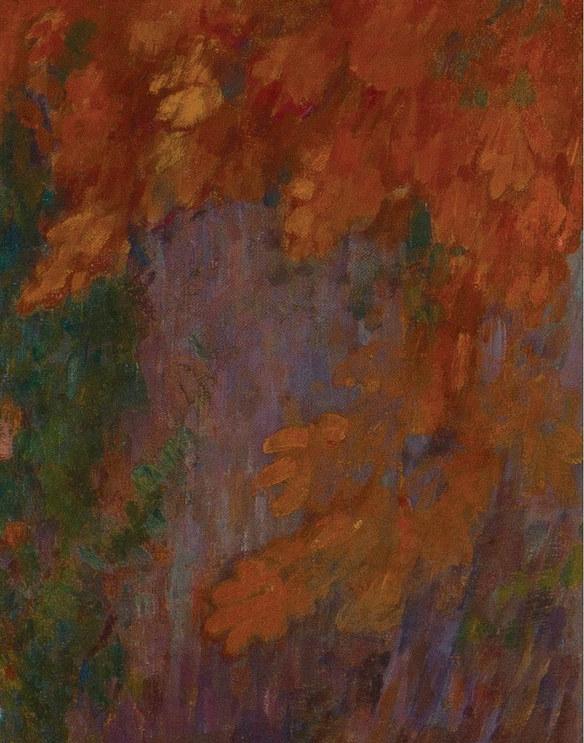
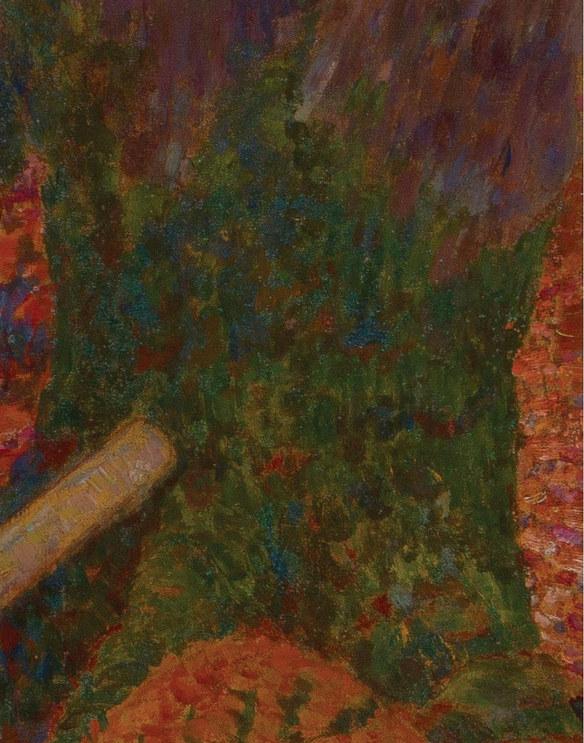


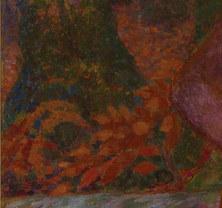






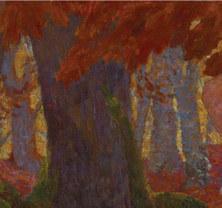

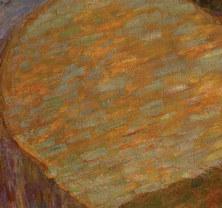
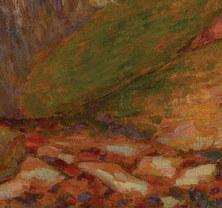





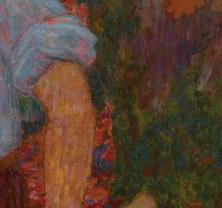
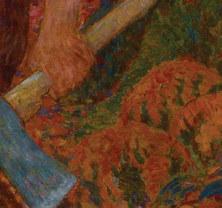


George Lacombe (French, 1868-1916)
Le Boucheron et la Femme, 1896
Oil on canvas
45 x 63.75 inches
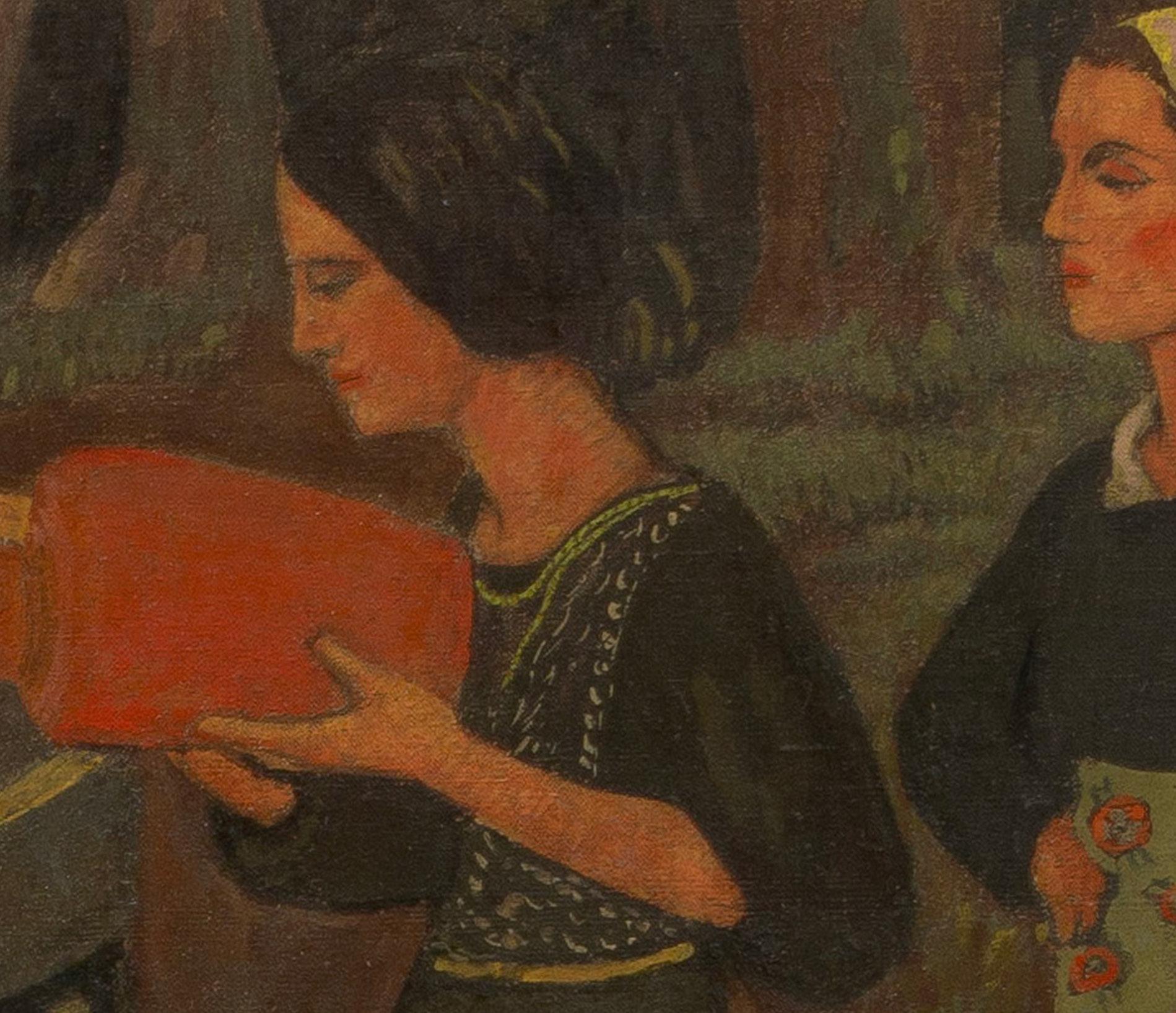

Paul Sérusier (French, 1864-1927)
Vasque de Saint Herbot, 1895
Oil on canvas
43.5 x 55 inches

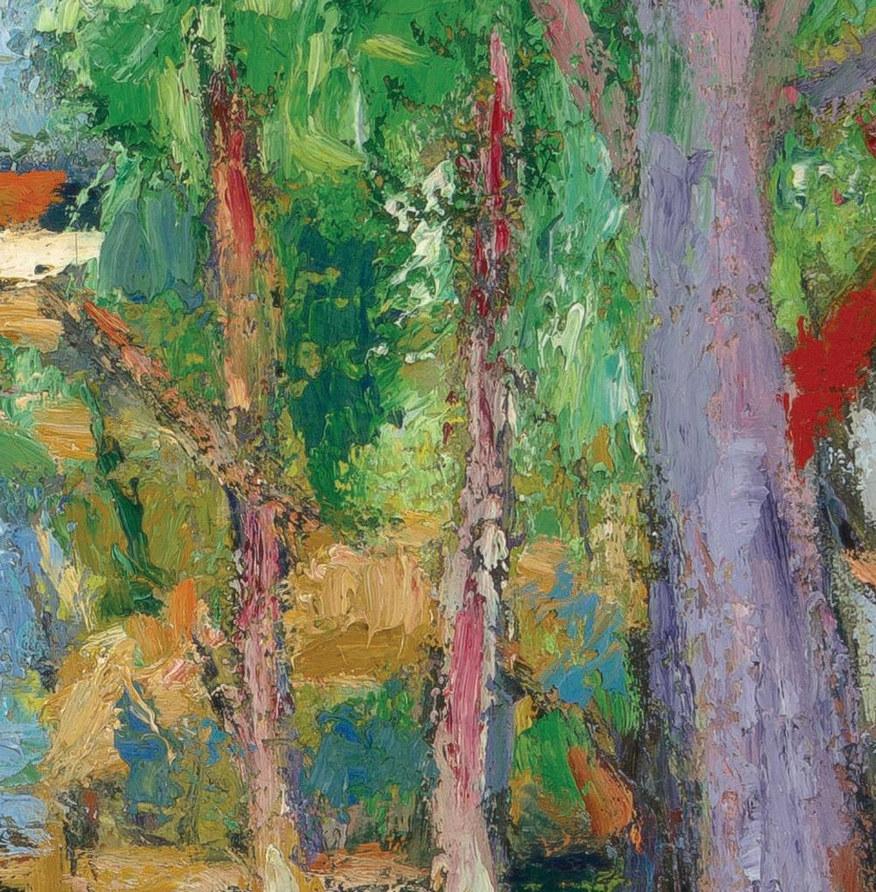
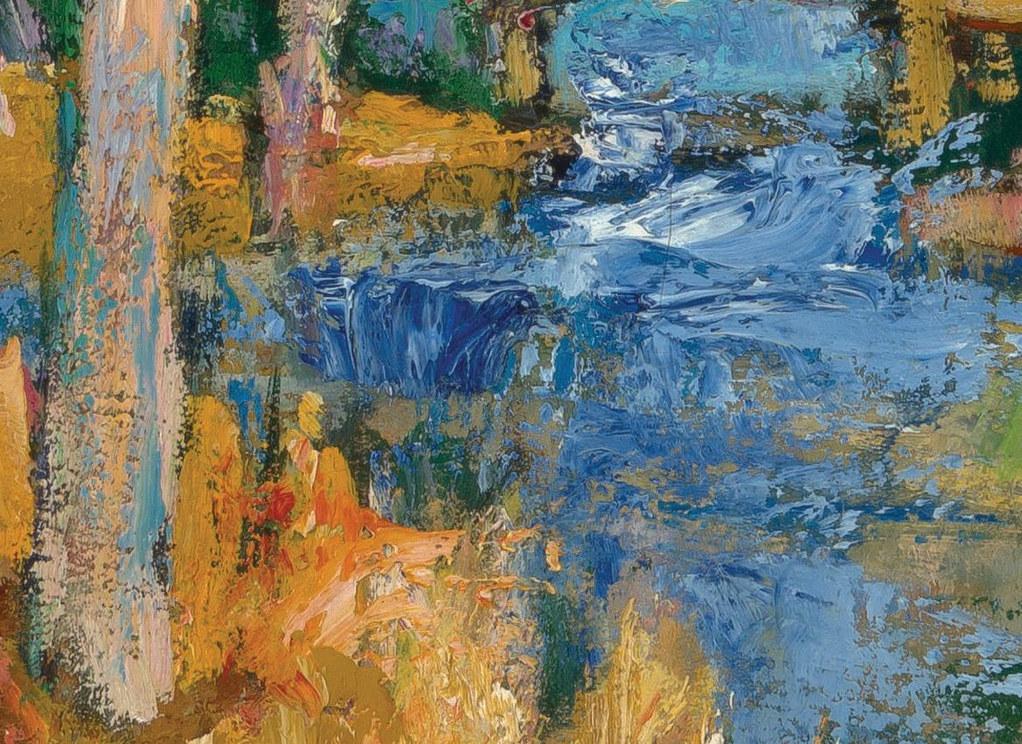


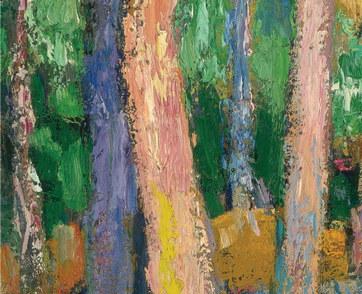
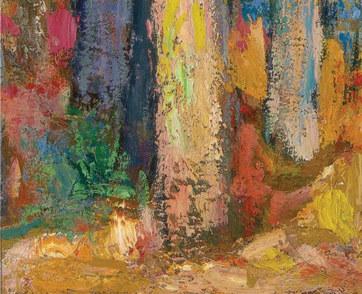
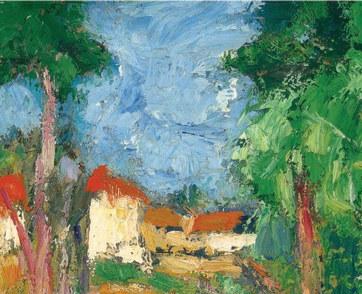

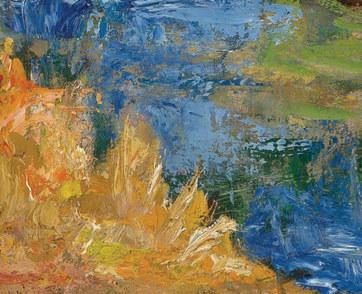
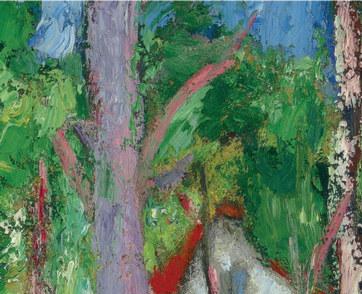
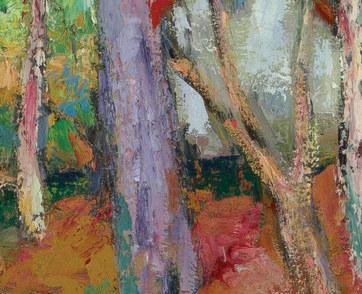
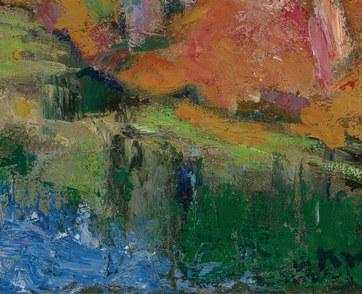

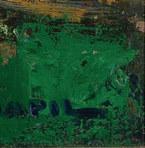
Oil on canvas
21.5 x 28.75 inches
Charles Kvapil (Belgian, 1884-1958)
La Louette


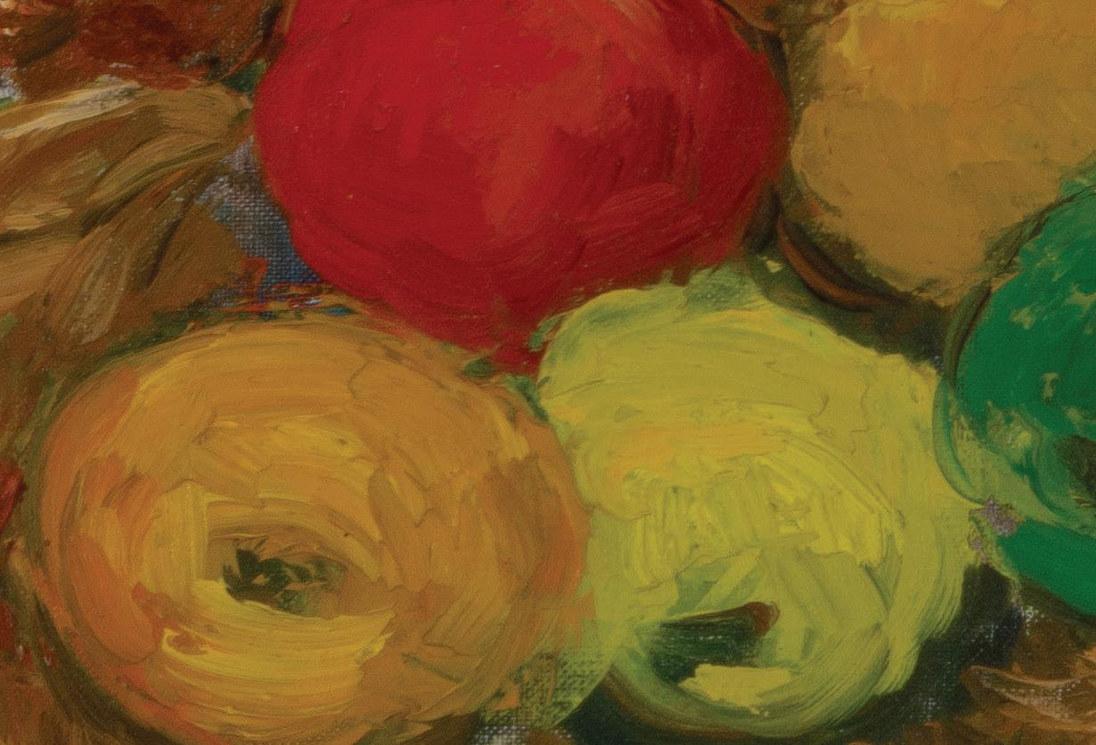

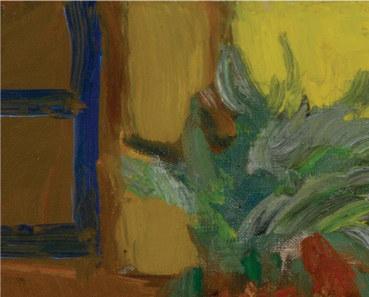
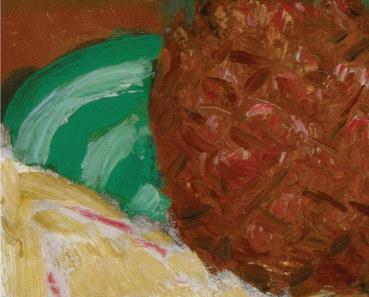



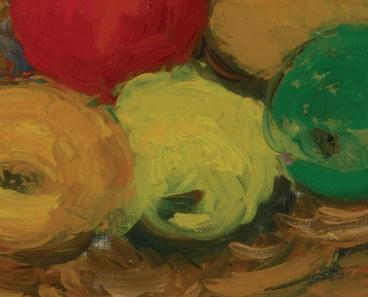




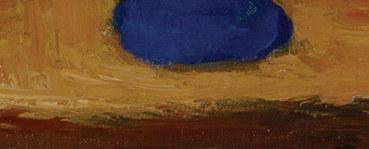


Fruits et fleurs
Oil on canvas
17.5 x 21 inches
Charles Kvapil (French, 1884-1958)


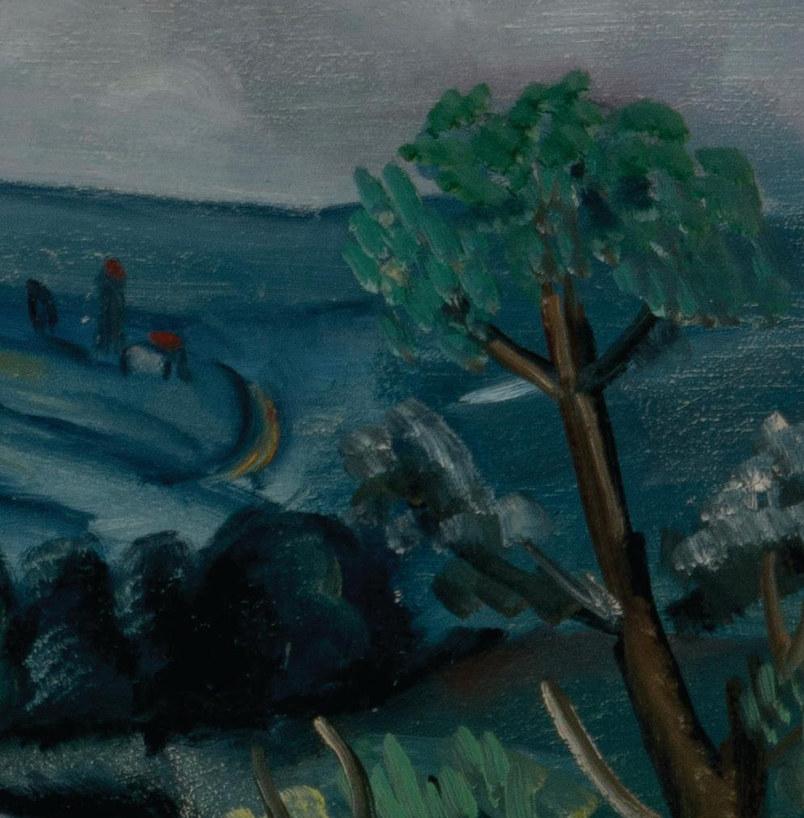


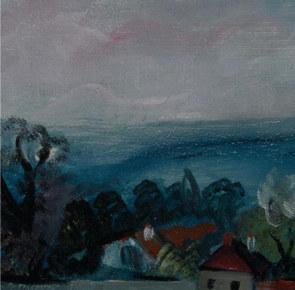

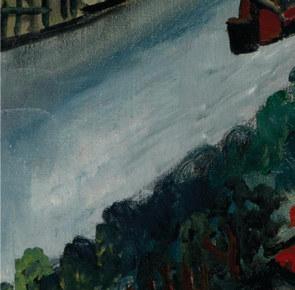


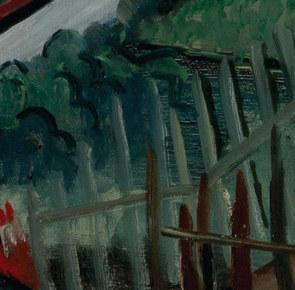

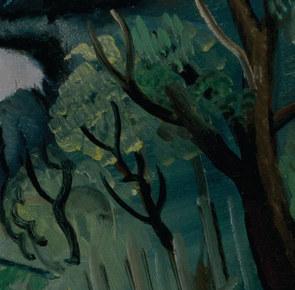
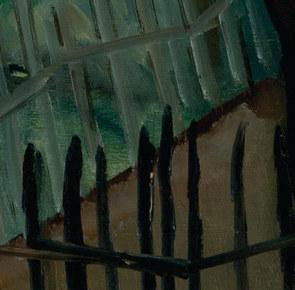


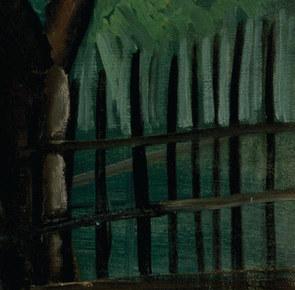
Lagar (Spanish, 1891-1966)
Landscape with River Boats
Oil on canvas 24 x 29 inches
Celso

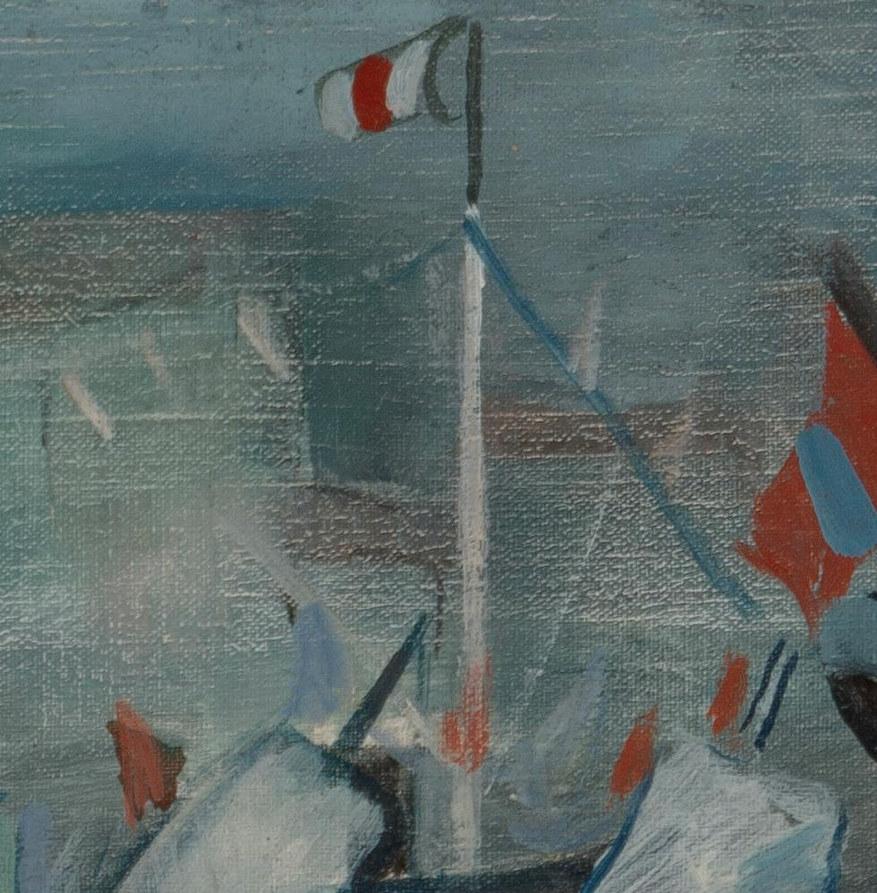



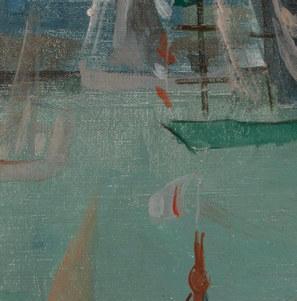
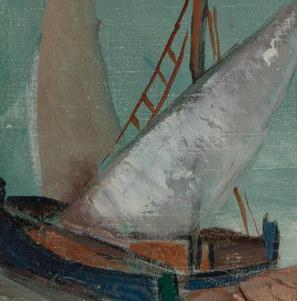


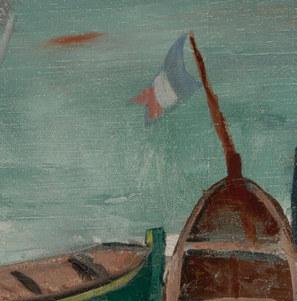




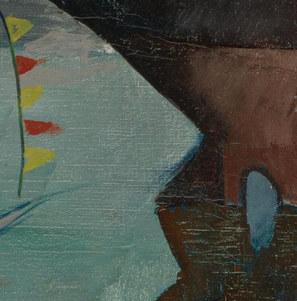
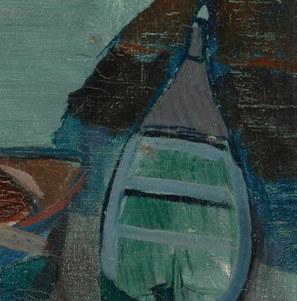
Oil on canvas 24 x 29 inches
Celso Lagar (Spanish, 1891-1966)
Harbor Scene









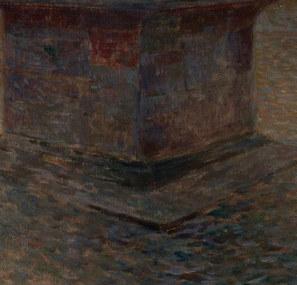
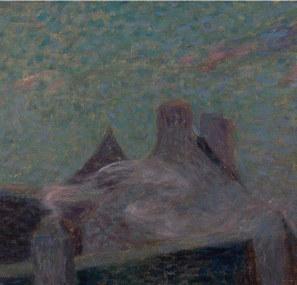


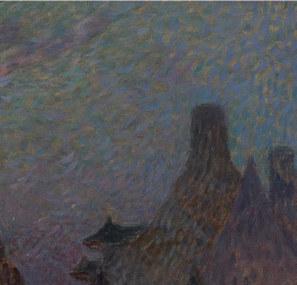


Ferdinand du Puigaudeau (French, 1864-1930)
La Place a Pont Aven
Oil on canvas
19.5 x 22.5 inches
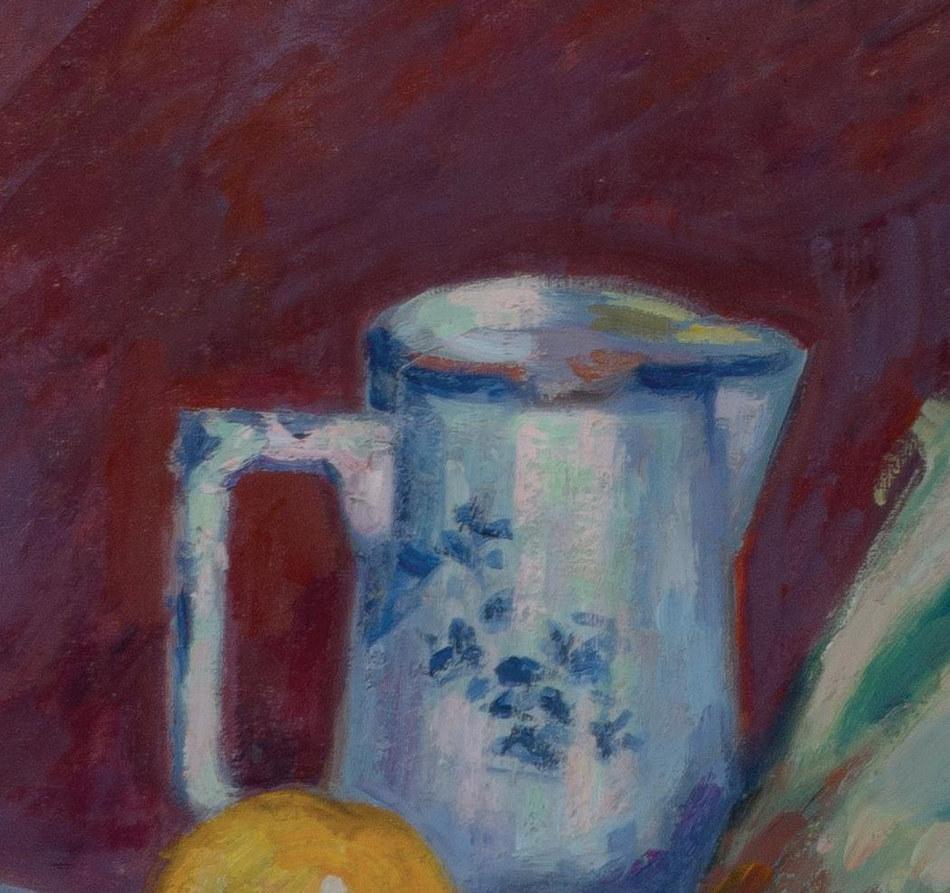

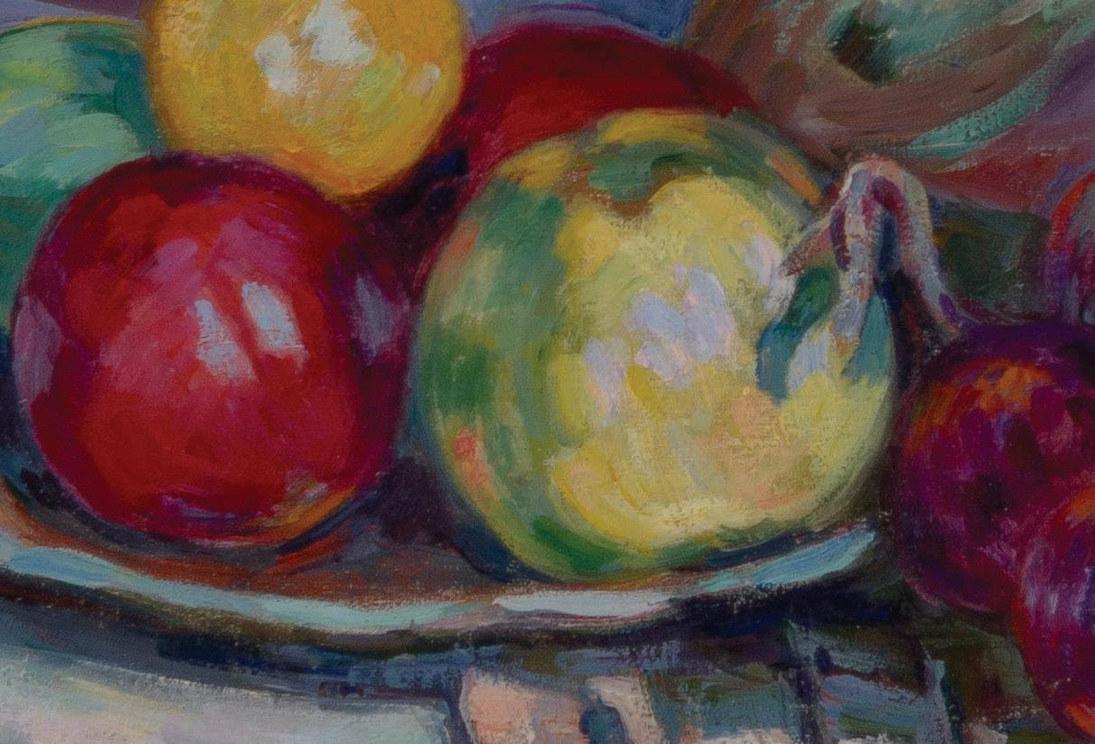



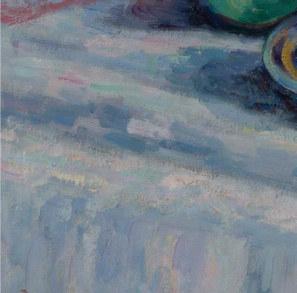

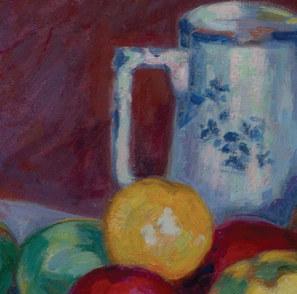


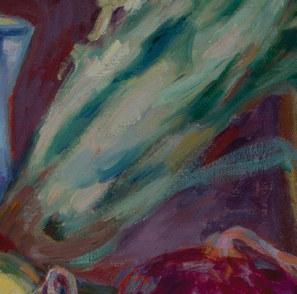

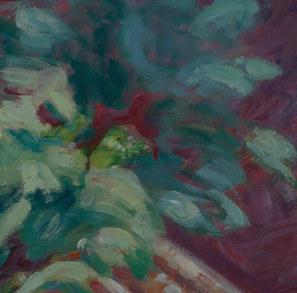
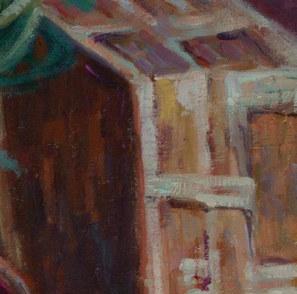

Armand Guillaumin (French, 1841-1927)
Nature morte, fruits, pichet et legumes, 1910
Oil on canvas 23.5 x 28.5 inches
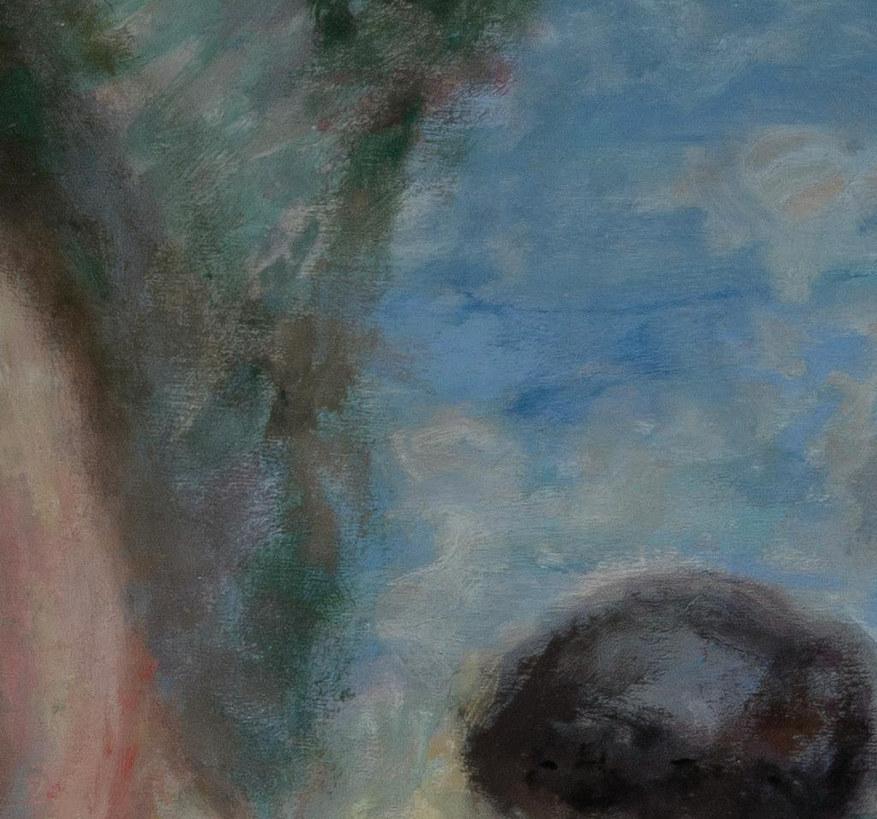



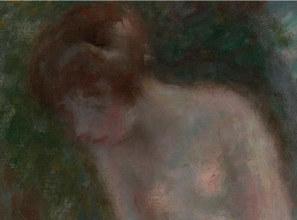
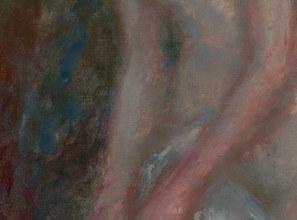





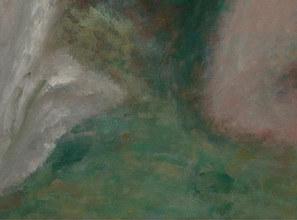


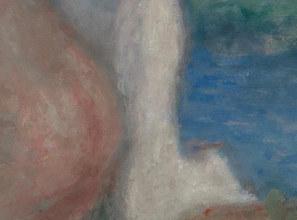


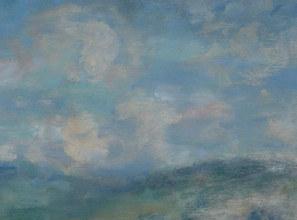

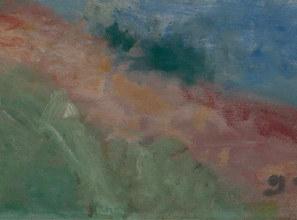
Georges d’Espagnat (French, 1870-1950)
Les baigneuses
Oil on canvas 28 x 40 inches

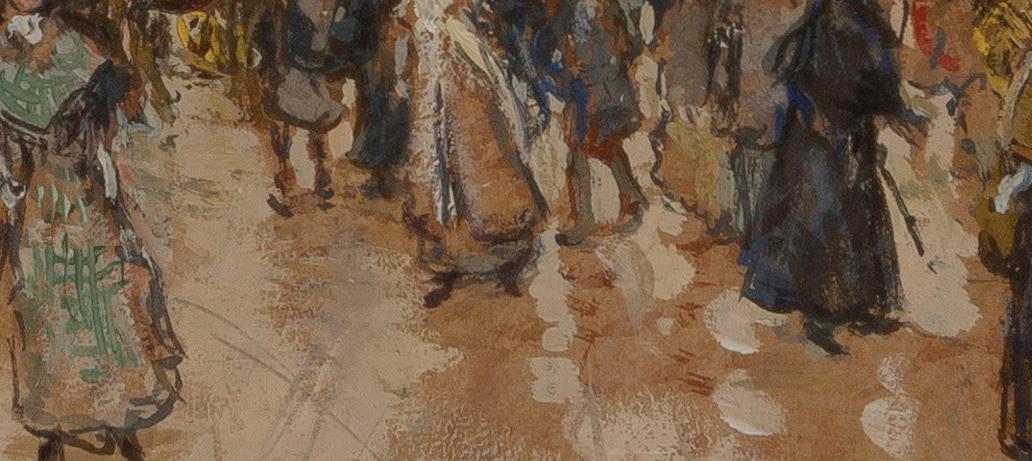


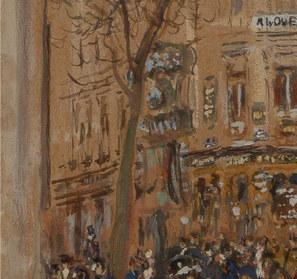

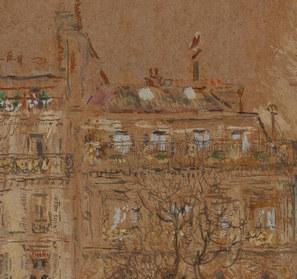


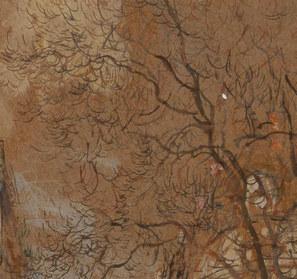



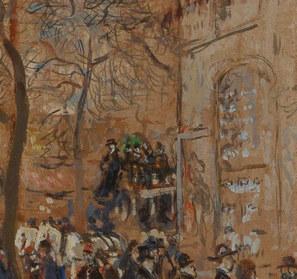
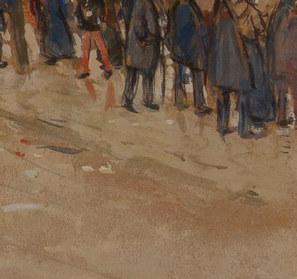
Jean-François Raffaëlli
(French, 1850-1924)
Vue de Boulevard Dest Italiens, Pres De Notre Dame de Lorette
Oil, goauche, watercolor on brown paper laid down on board 25 x 32.5 inches

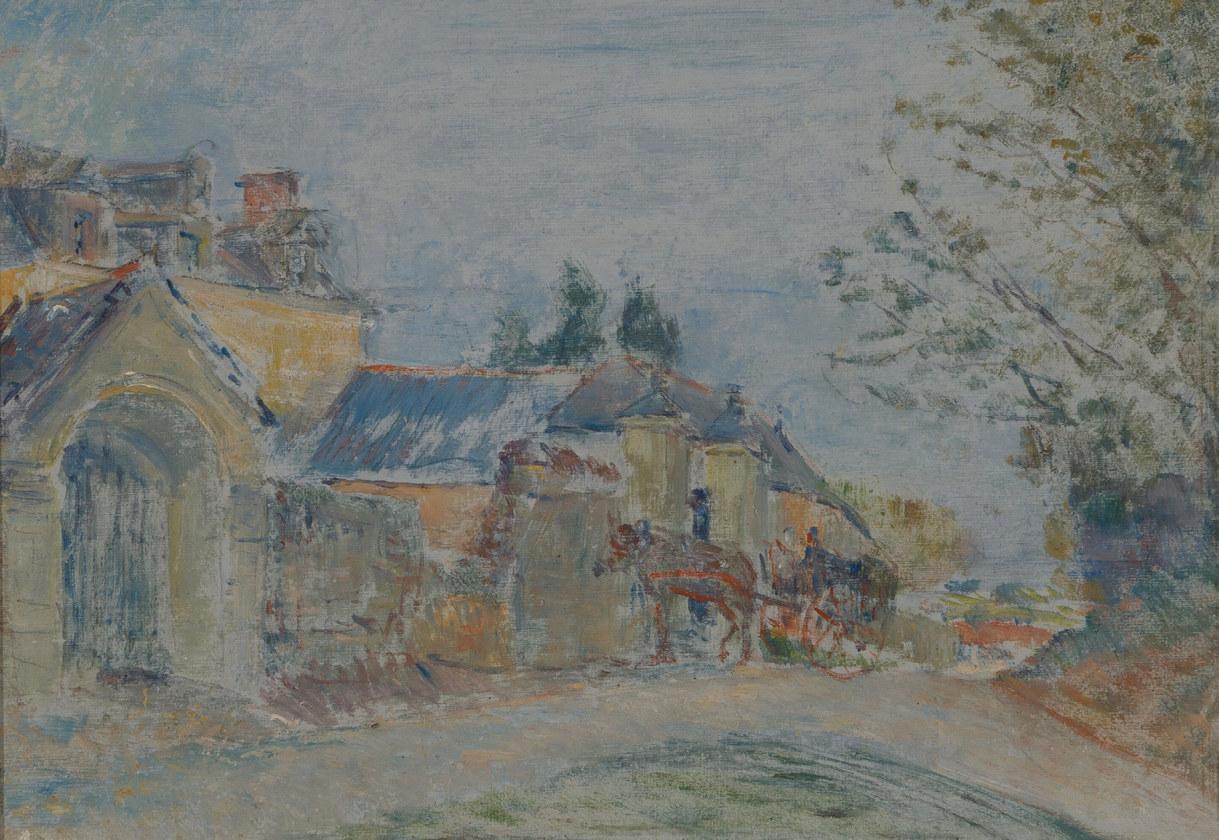
Jean-François Raffaëlli (French, 1850-1924)
La Route de Louveciennes
Oil on panel 9 x 12.5 inches
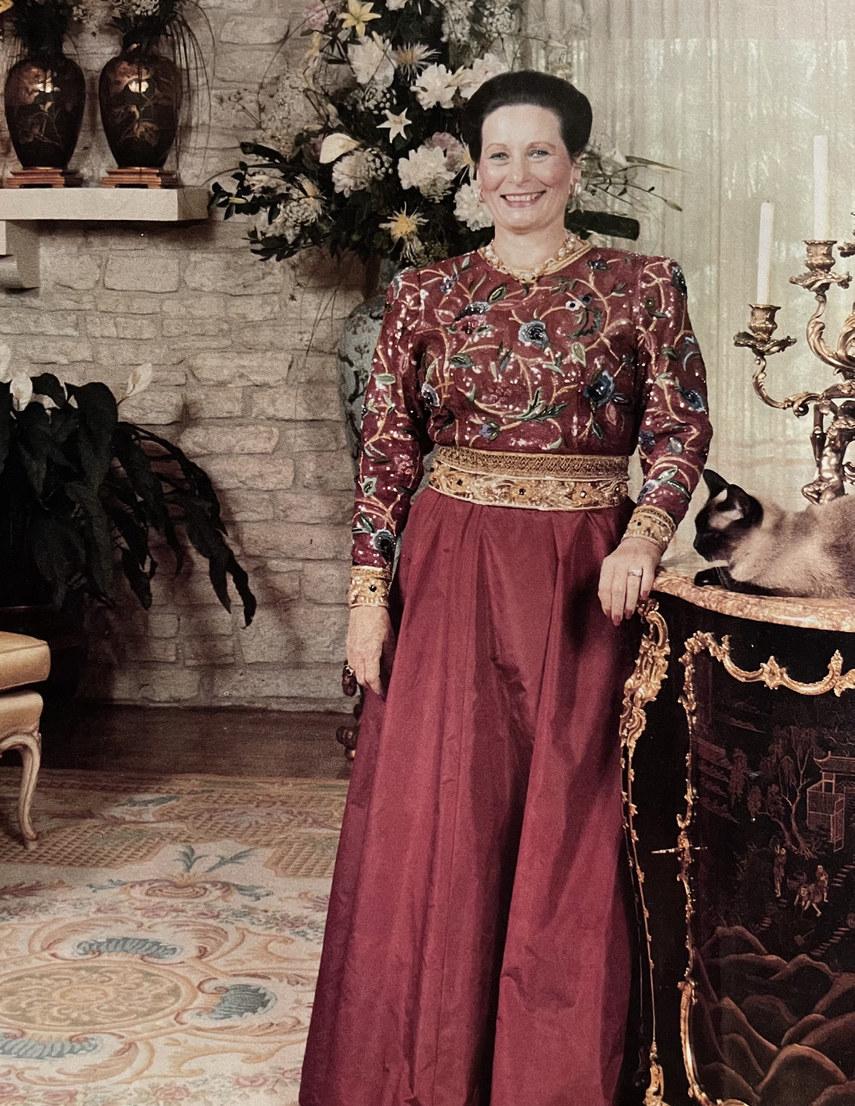
Lenora and the Art
Lenora spent some of her happiest times abroad. As an adventuring duo, Lenora and her friend Olga, explored the quaint streetways and cobbled coastal towns of Europe, visiting antique stores and dining at charming restaurants and tucked away bars. Lenora felt drawn to Europe’s simple way of living. From a vendor selling their goods to a waiter sweeping the front steps of their restaurant, she witnessed how they all found beauty and contentment in everything.
Lenora strongly realized this on a trip with her daughter Janet while staying at the La Mer Poulard in Mont St. Michel. They found themselves one evening following the sound of beautiful music. Their ears guided them to the basement of the hotel they were staying in to find chefs mixing egg whites to the sound of music. They were mid-mix baking their famous souffles when Lenora and Janet caught sight of them painted in powder amidst the evening’s light. It was here in this moment one would understand that for the French, everything can be made beautiful.
Living is art, and Lenora brought that into the collection.

Walter and the Art
Walter Brown was a man of decision and the driest of humor. He knew what he liked and that was that. It was undeniable his taste for art. With building his Asian Art collection he consulted with the best in the industry, one of those being James Godfrey. It was there a beautiful friendship was formed. James assisted Walter with his Asian art acquisitions, helping him to create one of the largest and most celebrated blue and white porcelain collections in the southern United States. James also moved as a dealer for Walter’s other blooming interests, one of them being Neo and Post-Impressionist art. James would reiterate to me that it was always my grandfather who would bring to his attention these fabulous paintings in the catalogs he received.
Just like his wife Lenora, Walter loved France. He enjoyed their elegant company and attention to the fine details of life. One of his favorite places was the Ritz Hotel in Paris. Surrounded by chilled glasses and hand-painted murals, the ambience of the Ritz embraced the essence of Paris that hypnotized both of them. It was there they would bring their children, my father, Walter Brown Jr, and my aunt Janet Brown.
On December 23rd 1983 in the Le Grand Véfour Cafe, a bomb went off next to where Walter and Lenora were sitting. Walter’s hearing was impacted but both left unscathed from the incident. They never traveled back to Paris but they lived with France’s charm through their art collection.

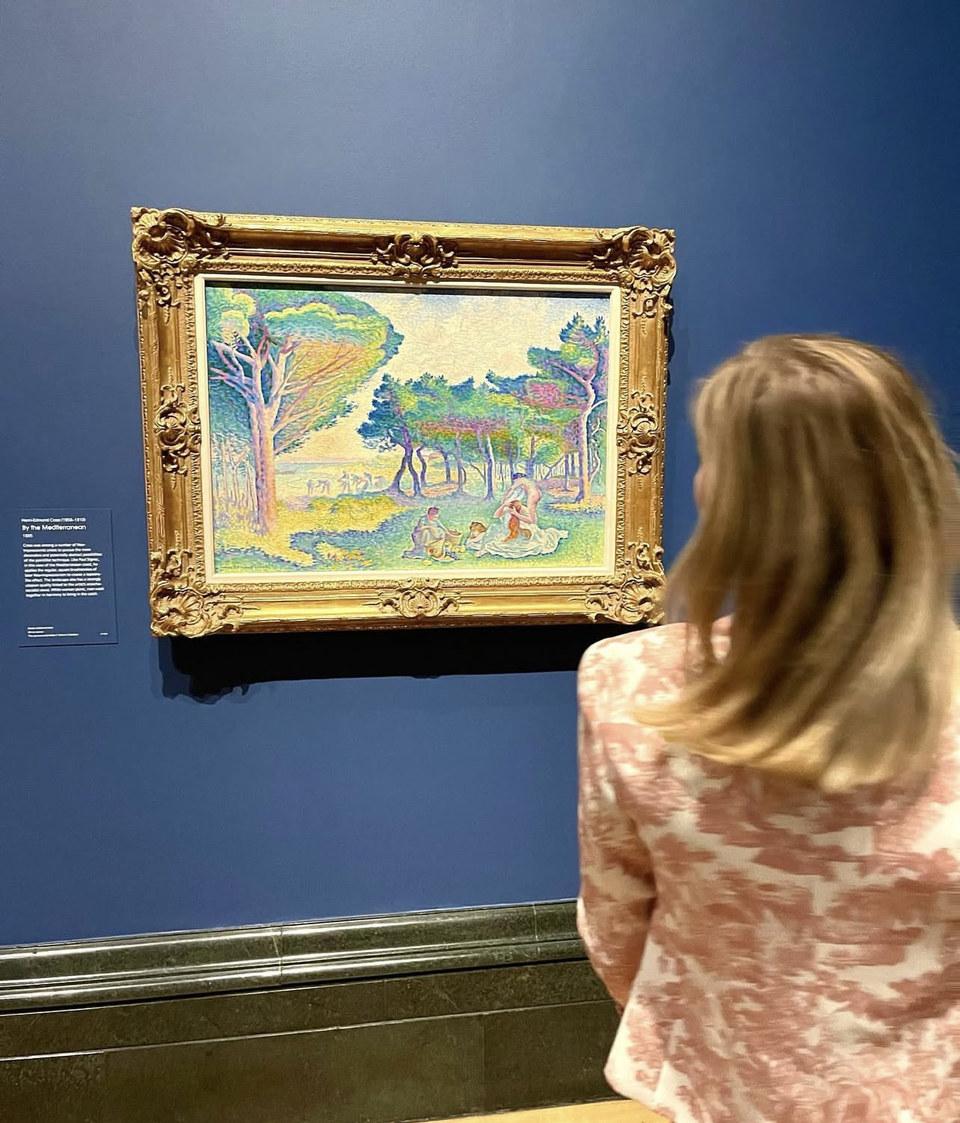
The Art and I
As a child I ran throughout our home alongside these paintings. They were windows into other worlds, transporting me to faraway places. It wasn’t until high school that I began to realize this collection held not only exquisite masterpieces, but also homes to the stories and unique voices of the artists who had painted them. My grandparents saw how these artists expressed themselves so purely through their work and how it captured an imperative time in history. I was so inspired by this and knew I wanted to pursue a career in the arts.
After college and dabbling in various careers in the auction house and museum world, I found myself as an art advisor and appraiser with a strong desire to catalog the collection. I dove into old art files, pockets full of history, containing exhibition catalogs, authentication reports, correspondences with galleries and so much more. I realized my grandparents had left a legacy with their art collection, one that I felt called to preserve.
In 2023, we were fortunate enough to be asked to loan our Henri Edmond Cross “Bords mediteraneens” to the National Gallery in London for the“After Impressionism” exhibition. It was an exciting experience and one that I relive in my mind often. I traveled to London for the reception. The night was light with smiles and paintings glowing, hugging in the warmth of chatter and excited eyes. I wore a matching pink toile blazer and pant suit and felt like I became part of the evening’s dance.
The Cross hung next to a Paul Signac (one of the artist’s dear friends) and adjacent to a Louis Anquetin (an artist we also have in the collection). Admiring the moment gave me chills to see our Cross conversing with these works, like visiting a lost friend.
We dined in the gallery after the opening reception. Da Vincis and Boticellis adorned the walls. Roses and champagne filled the air and flower petals graced the edges of my plate. We drank red wine which matched the velvet walls enfolding us into a swirl of conversations and laughs. The stories of the art that unfolded around us was like being caught in the middle of a book - words flying everywhere, brimming the moment over with adventure, romance, and mystery. Looking back, I know Lenora would have loved this.
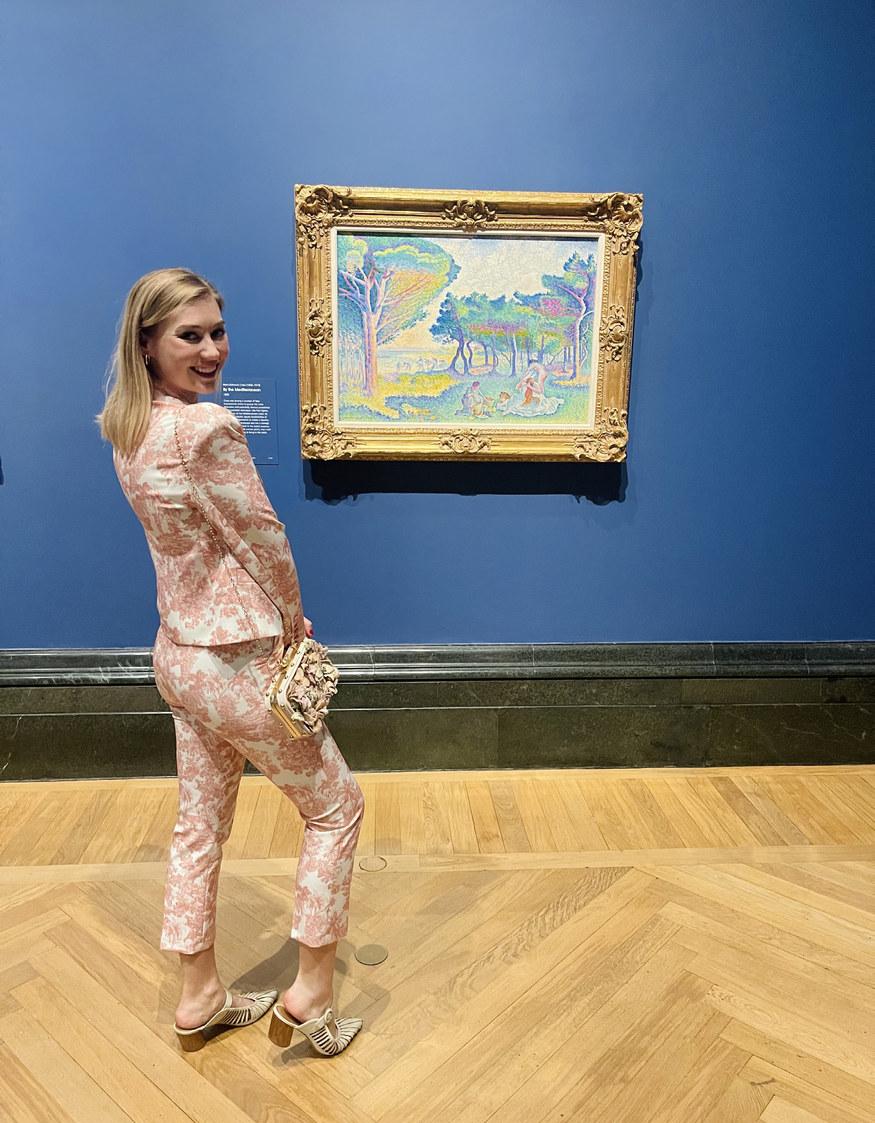
Their Hearts and Hands
There were many who helped create this collection. Without them this collection would not be what it is today.
Mary Lea, Walter Brown’s secretary, dealt everyday with his passion, tenacity, and non-stop drive for collecting art. She greeted every dealer, specialist, and appraiser that walked through the door. She listened, recorded, and ran back from her desk to Mr. Brown’s always with a perk in her step. As I asked her to recall the environment back when my grandfather was in charge, her eyes lit up and a smile quickly appeared. “It was constant chaos,” she said, “and I loved every minute of it.”
Then there was Manuel, a man of many talents. Manuel packed the art, drove the art, and delivered the art. He hung every painting and made every crate. He saw the art almost more than anyone. From his drives across the country, he brought hundreds of paintings and sculptures to the finest of museums and helped fulfill the purpose of art - to inspire, educate and be appreciated.
Janet, Walter and Lenora’s daughter, managed the collection and assisted in its preservation. She dealt with many galleries and auction houses in pursuit of acquiring more art in line with her father’s interests. As her niece, perusing through the hundreds of folders she kept and reading her correspondences with galleries feels like stepping into another world- one tucked in between the pages of the catalogs.
And last but not least James Godfrey, who first sat down with my grandfather in New York after being approached by him at Christie’s to discuss his interest in collecting Asian art. James helped my grandfather with all his endeavors and connected him to outstanding resources. They traveled to China together, dined with important collectors, and spent countless hours talking about art. Entertaining, intellectual, and a friend with a good heart, James set the tone for this collection. He often found himself in obscure towns in Europe bidding for my grandfather and enjoyed every minute of it. James respected Mr. Brown and admired his passion to collect art.
The hearts and hands of these people helped form this collection. Their love and spirit will never be parted from these works of art.

Lenora and Walter Brown

Walter Brown speaking at the San Antonio Museum of Art
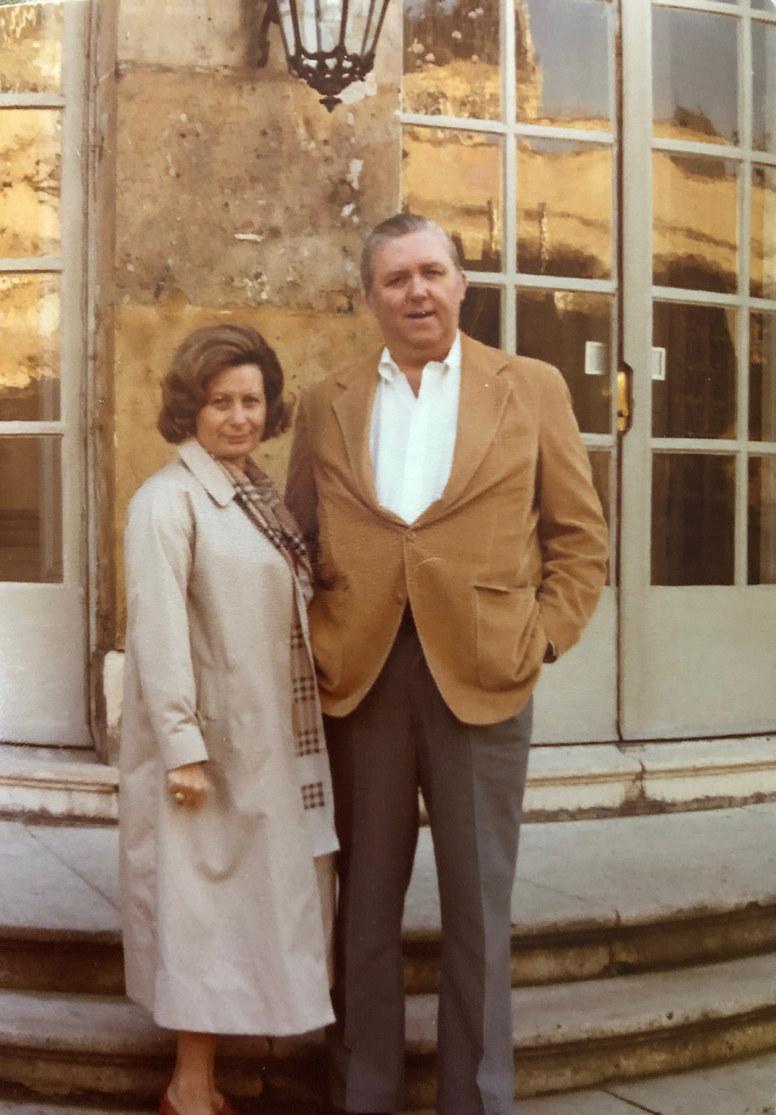
Lenora and Walter on a shopping trip in Paris.

Walter and Lenora Brown with their children Janet and Walter Jr.

